Insights
Insights is our online journal where members of the Kallos team will explore a range of ancient objects and subjects in depth, including those gallery-centred, and inspired by the wider art world.
We hope you enjoy reading these features as much as we do researching them.
-
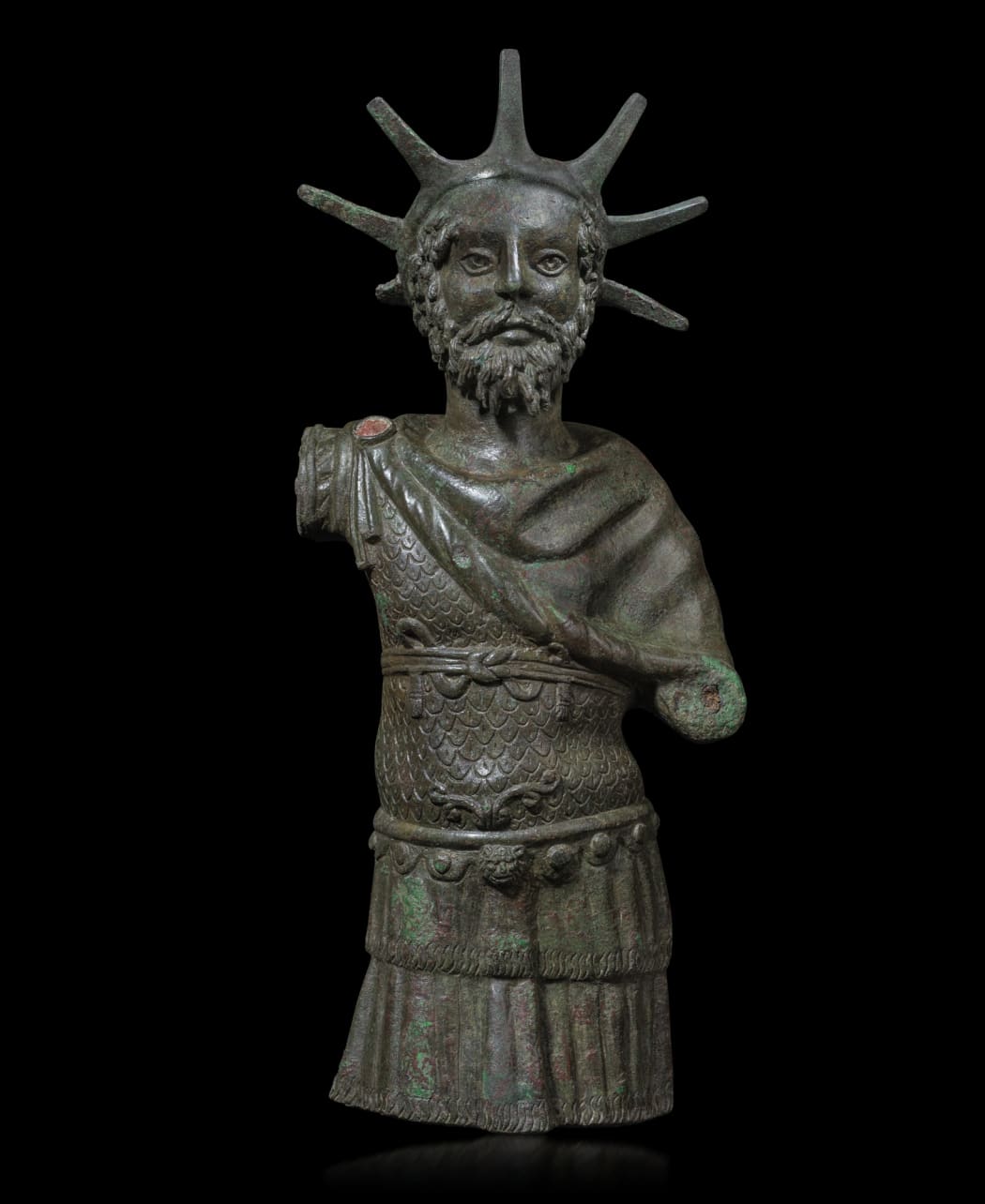
-
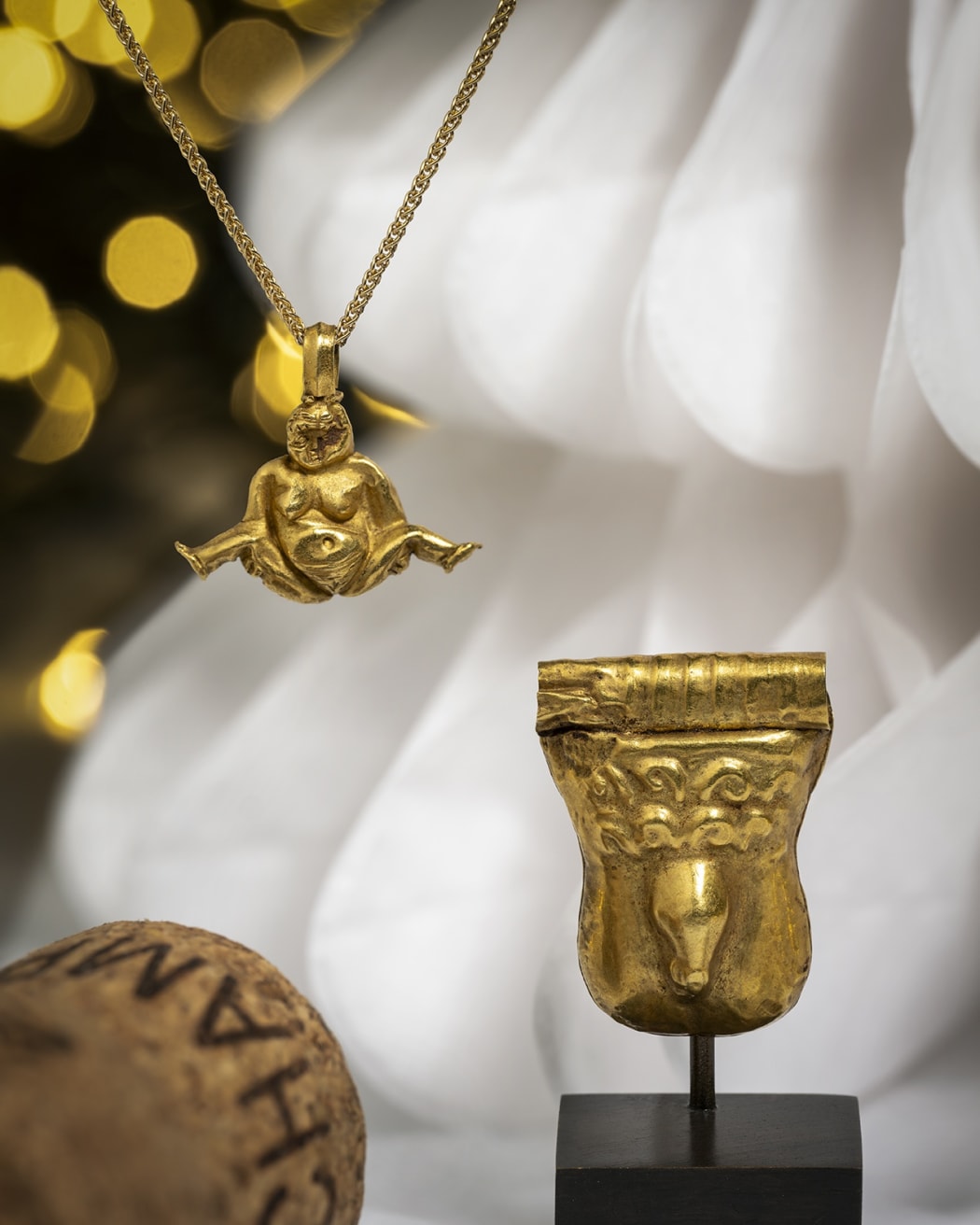
-
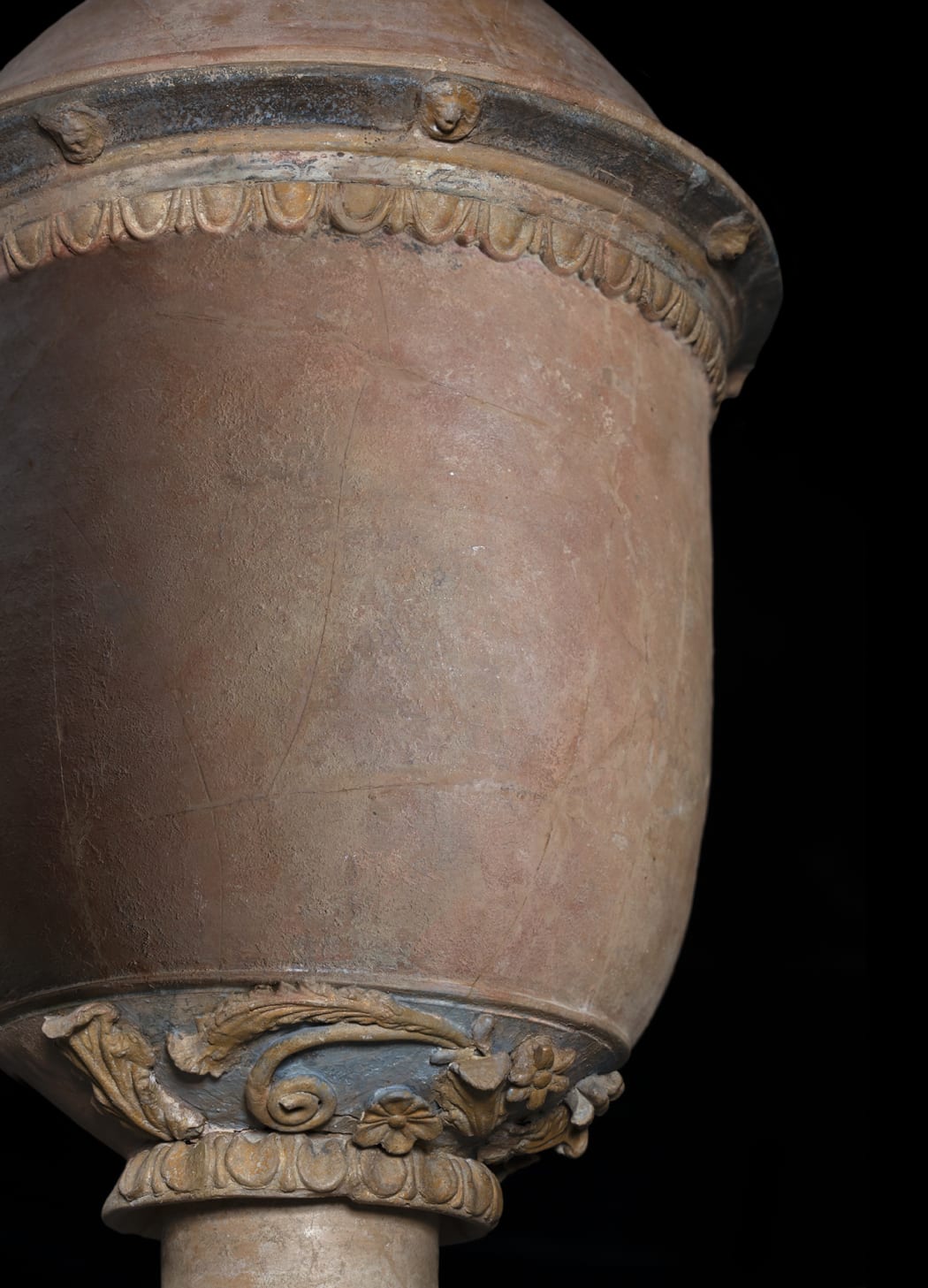
-
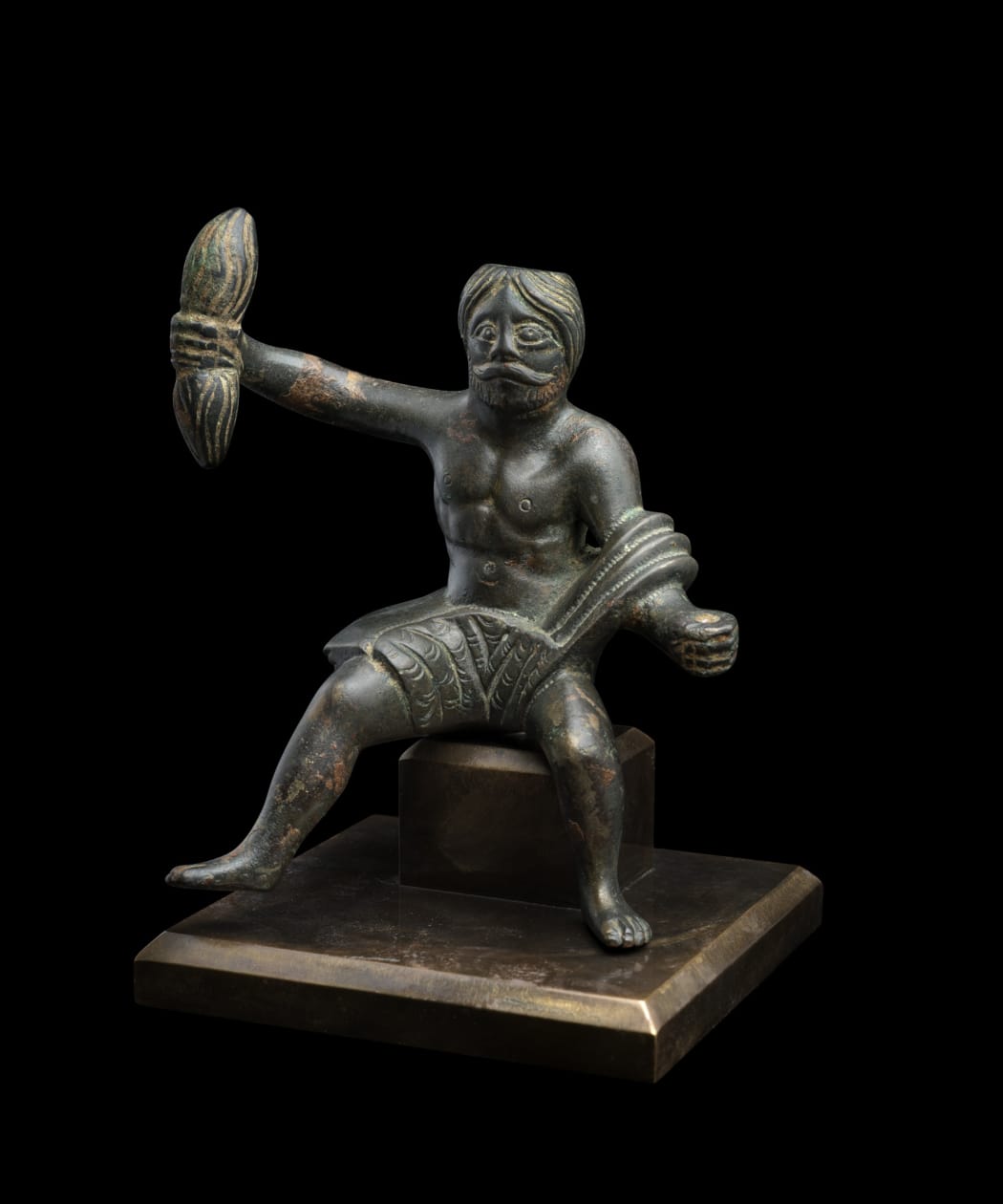
-
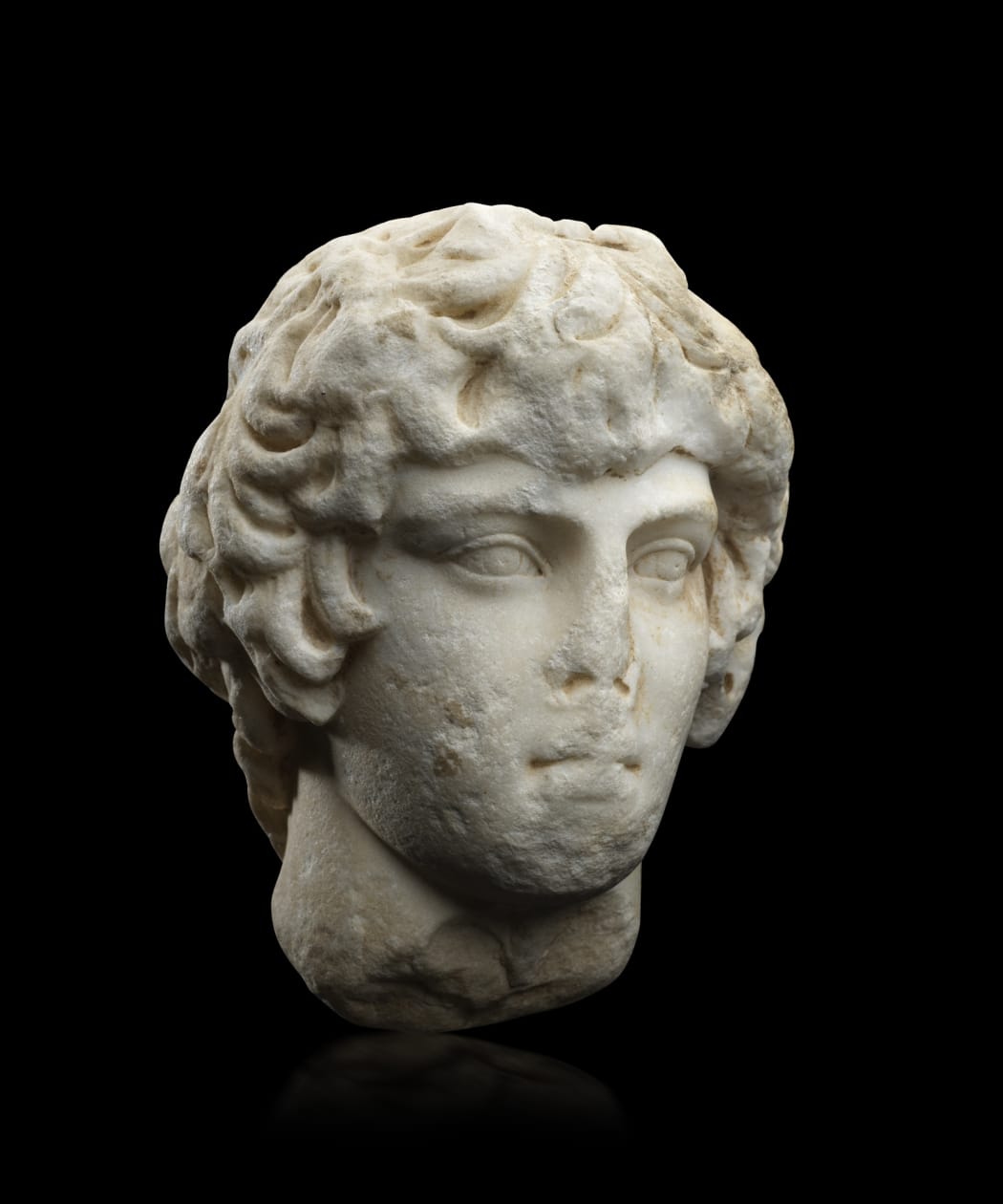
-
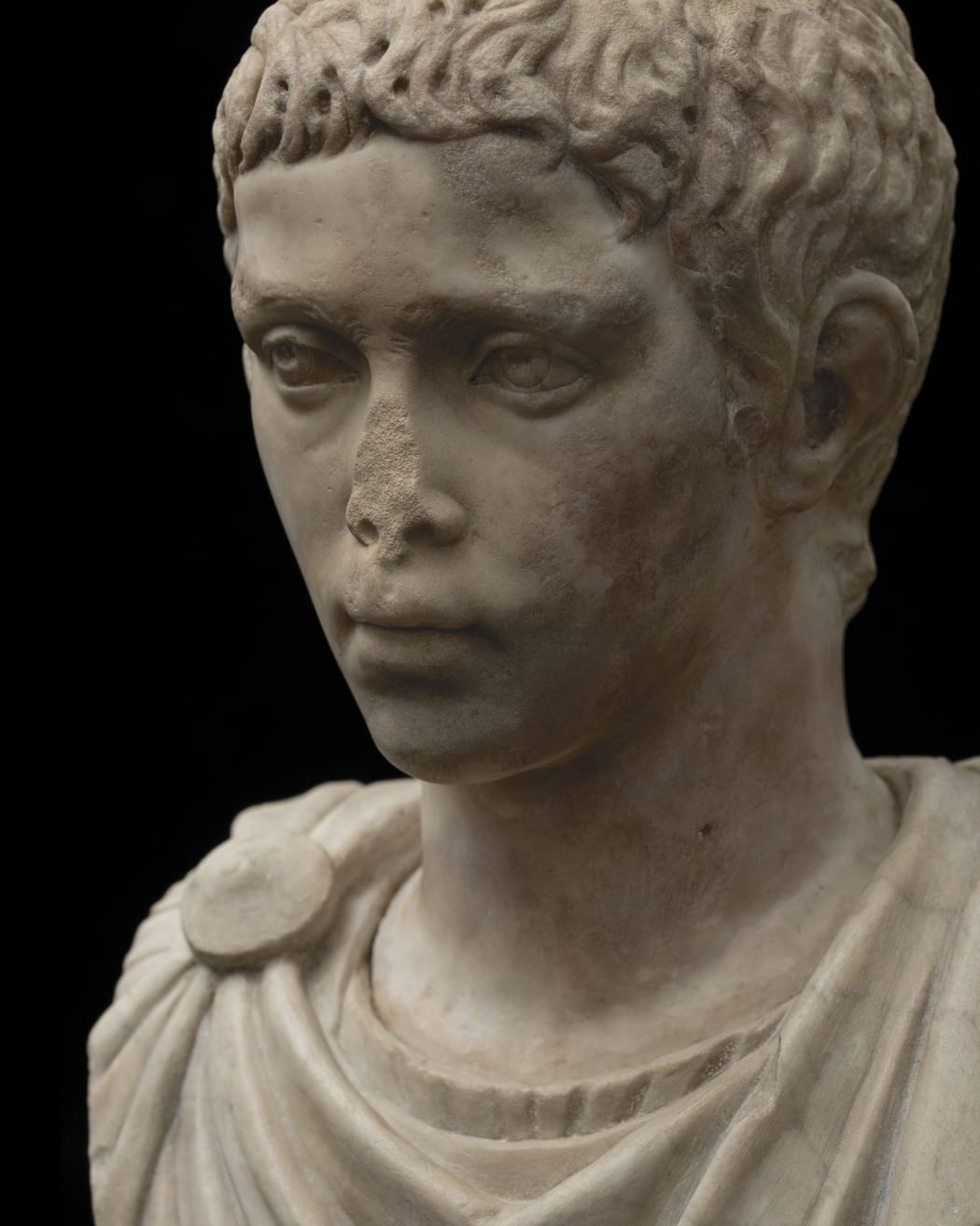
-
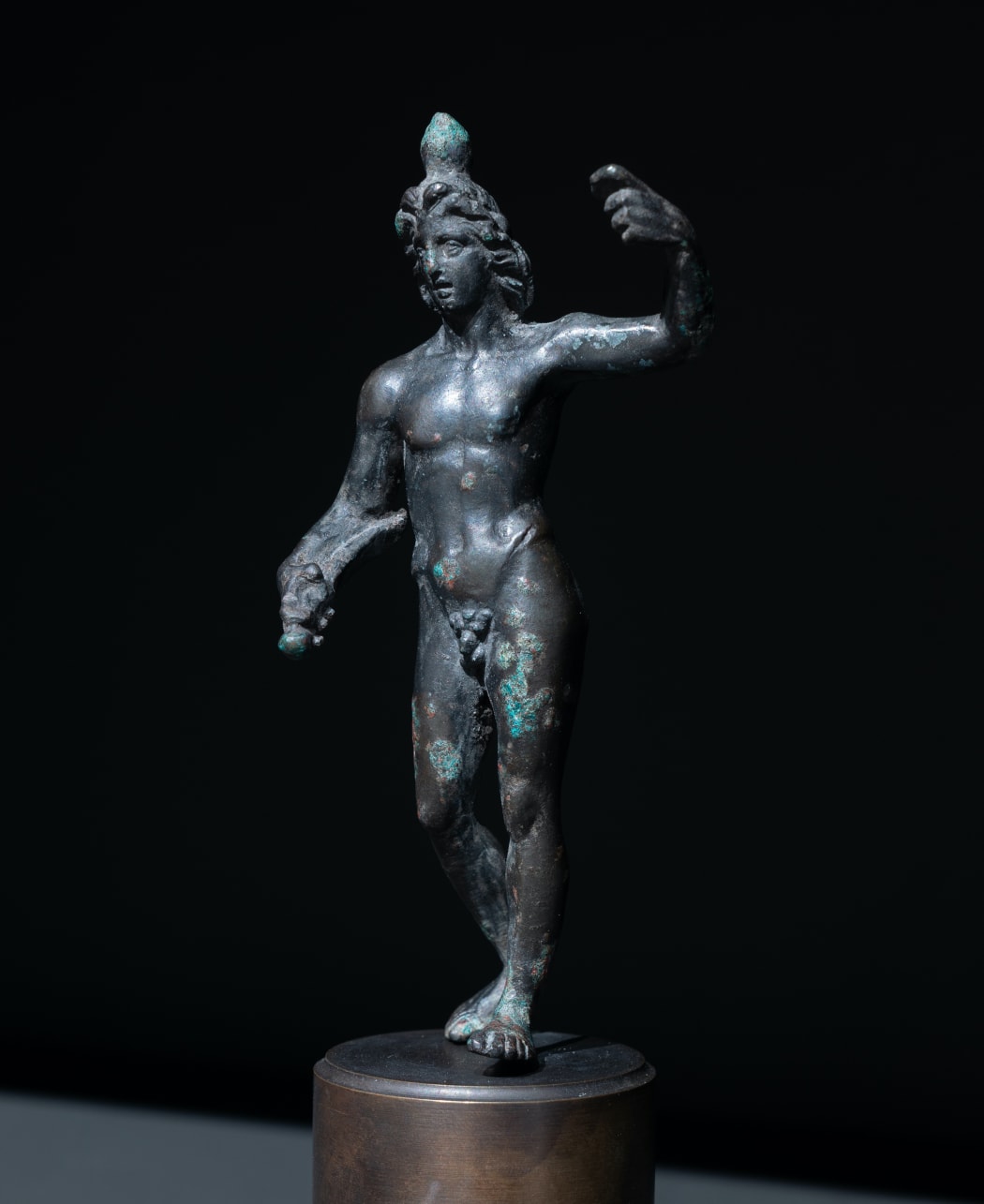 A GREEK BRONZE FIGURE OF ALEXANDER DORYPHOROS
A GREEK BRONZE FIGURE OF ALEXANDER DORYPHOROS
Hellenistic, circa 3rd - 2nd century BC
Height: 13 cm
With Kallos Gallery -
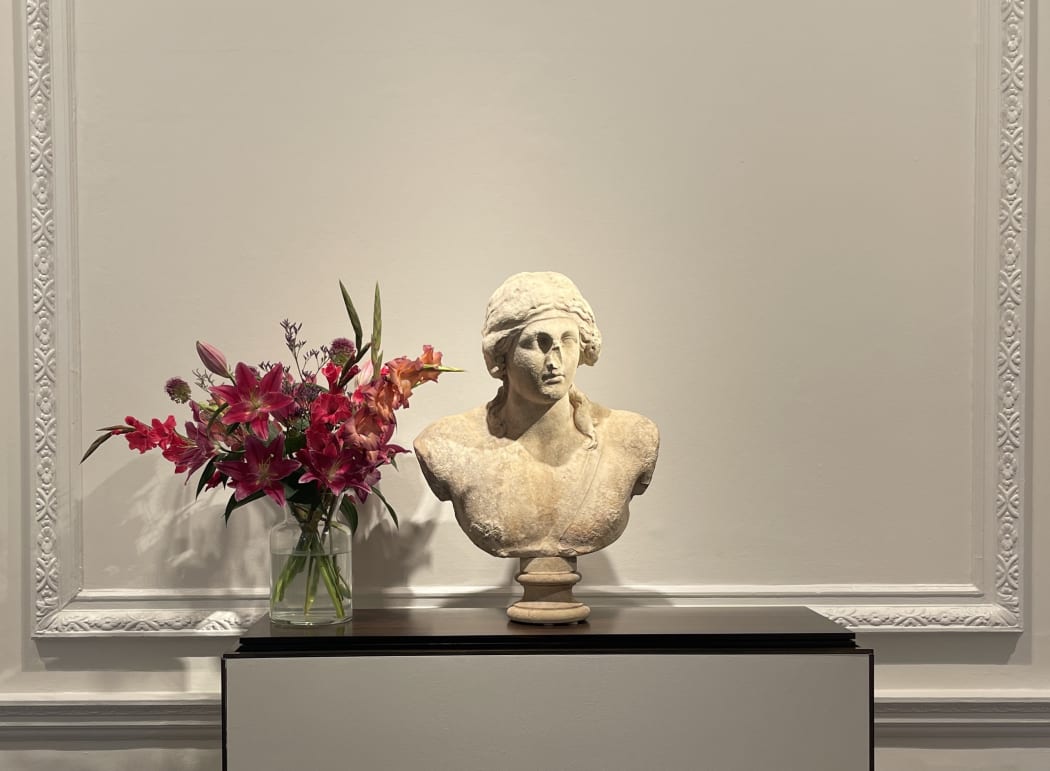
-
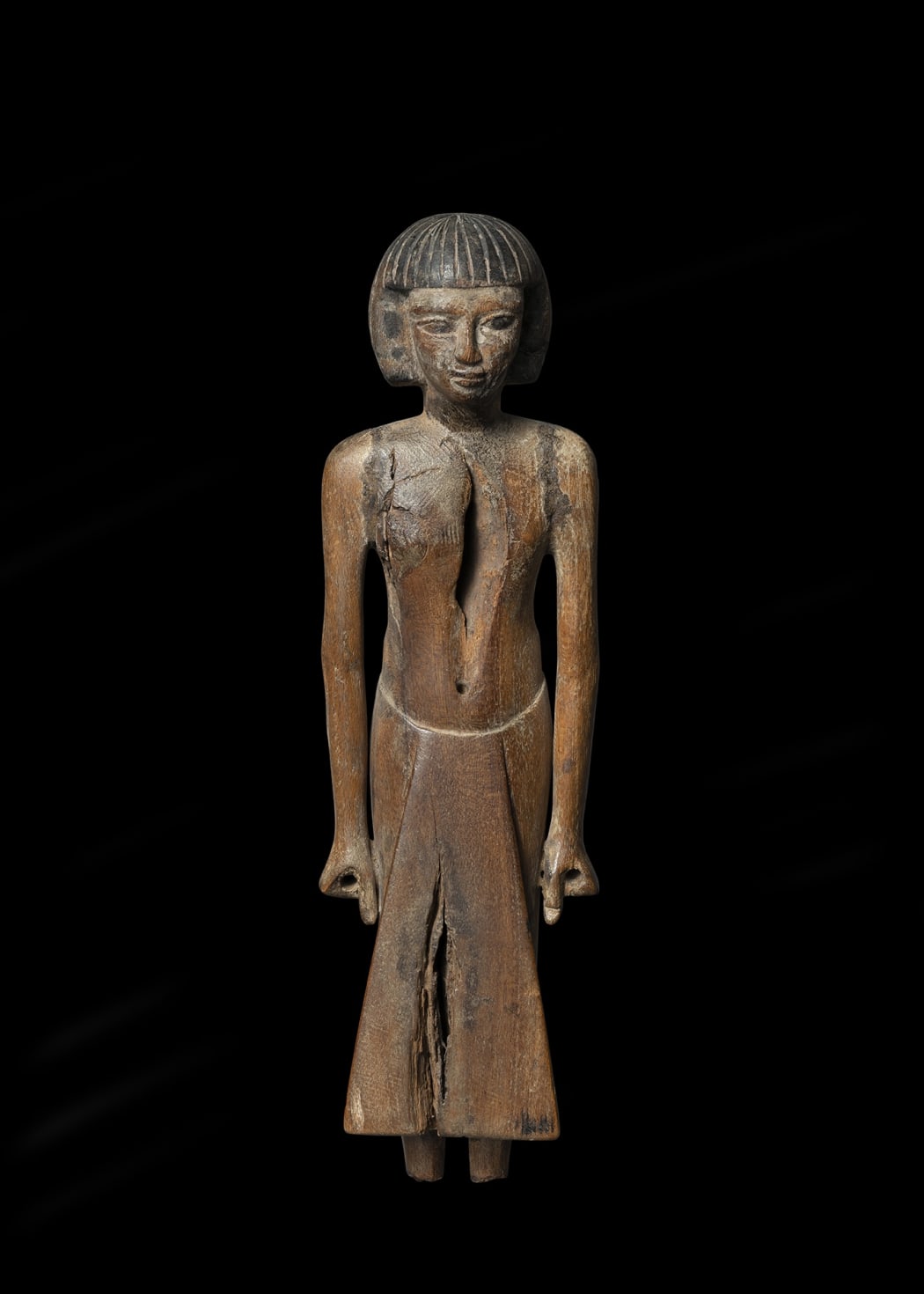
-
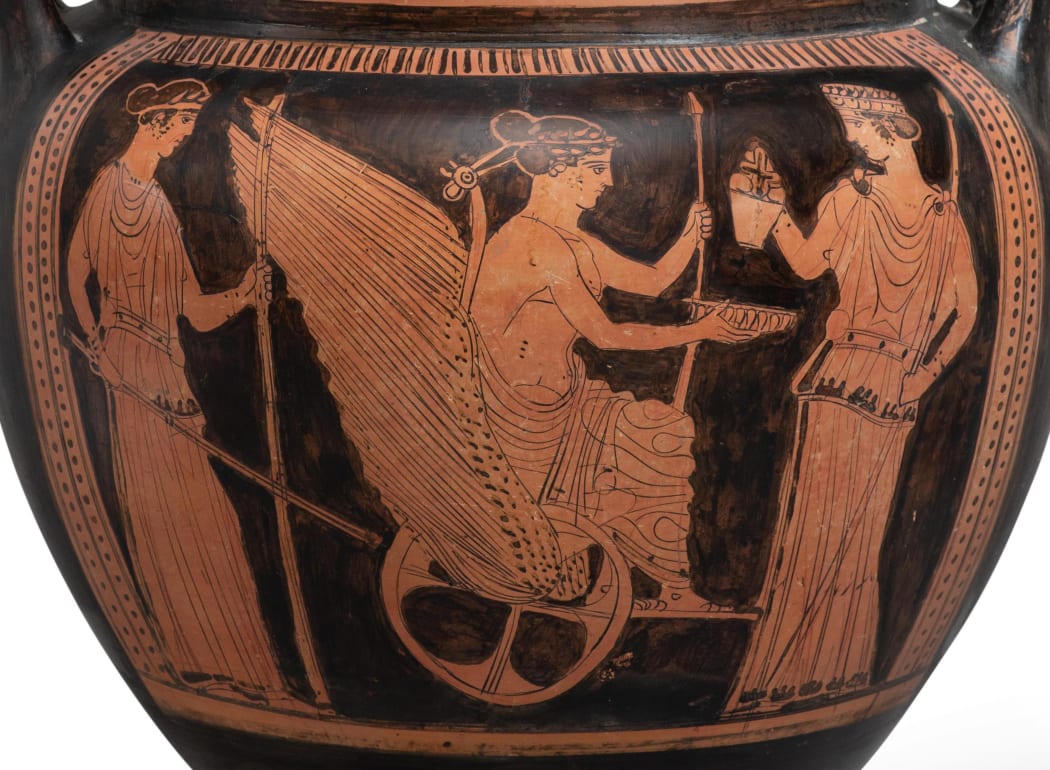 AN ATTIC RED-FIGURE COLUMN KRATER, ATTRIBUTED TO THE DUOMO PAINTER
AN ATTIC RED-FIGURE COLUMN KRATER, ATTRIBUTED TO THE DUOMO PAINTER -
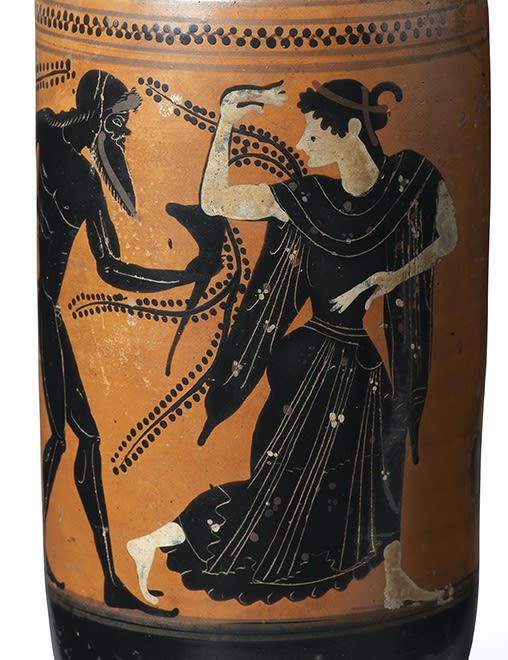
-
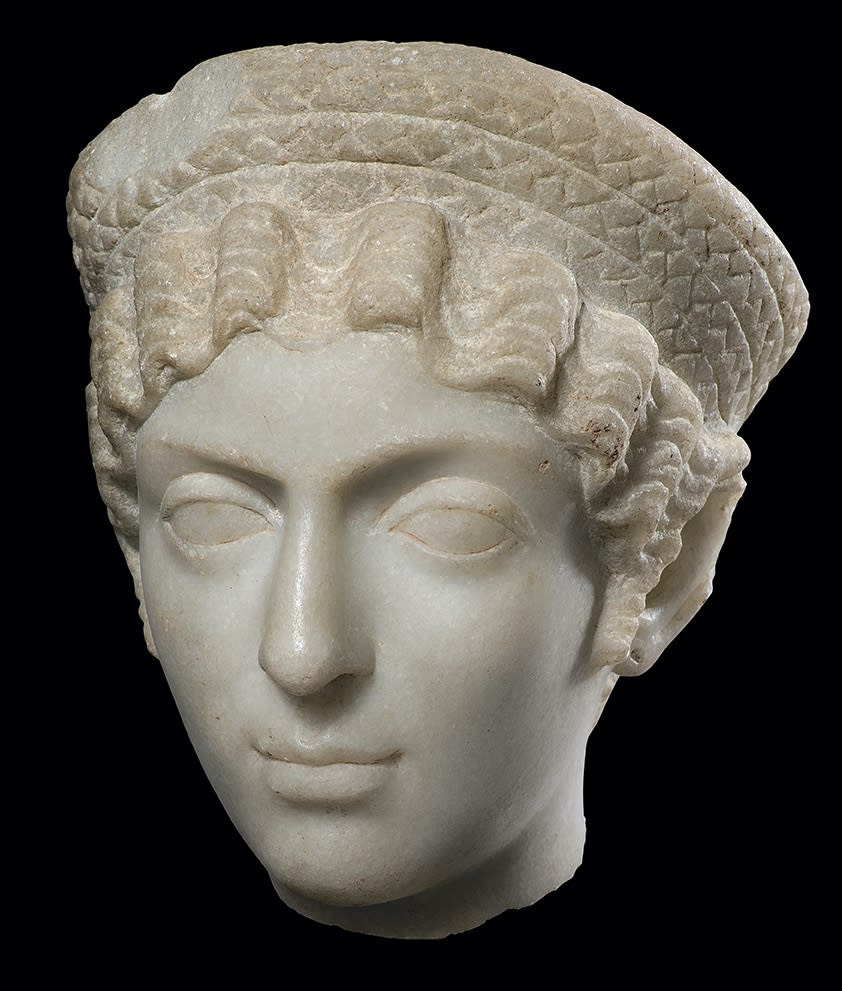
-
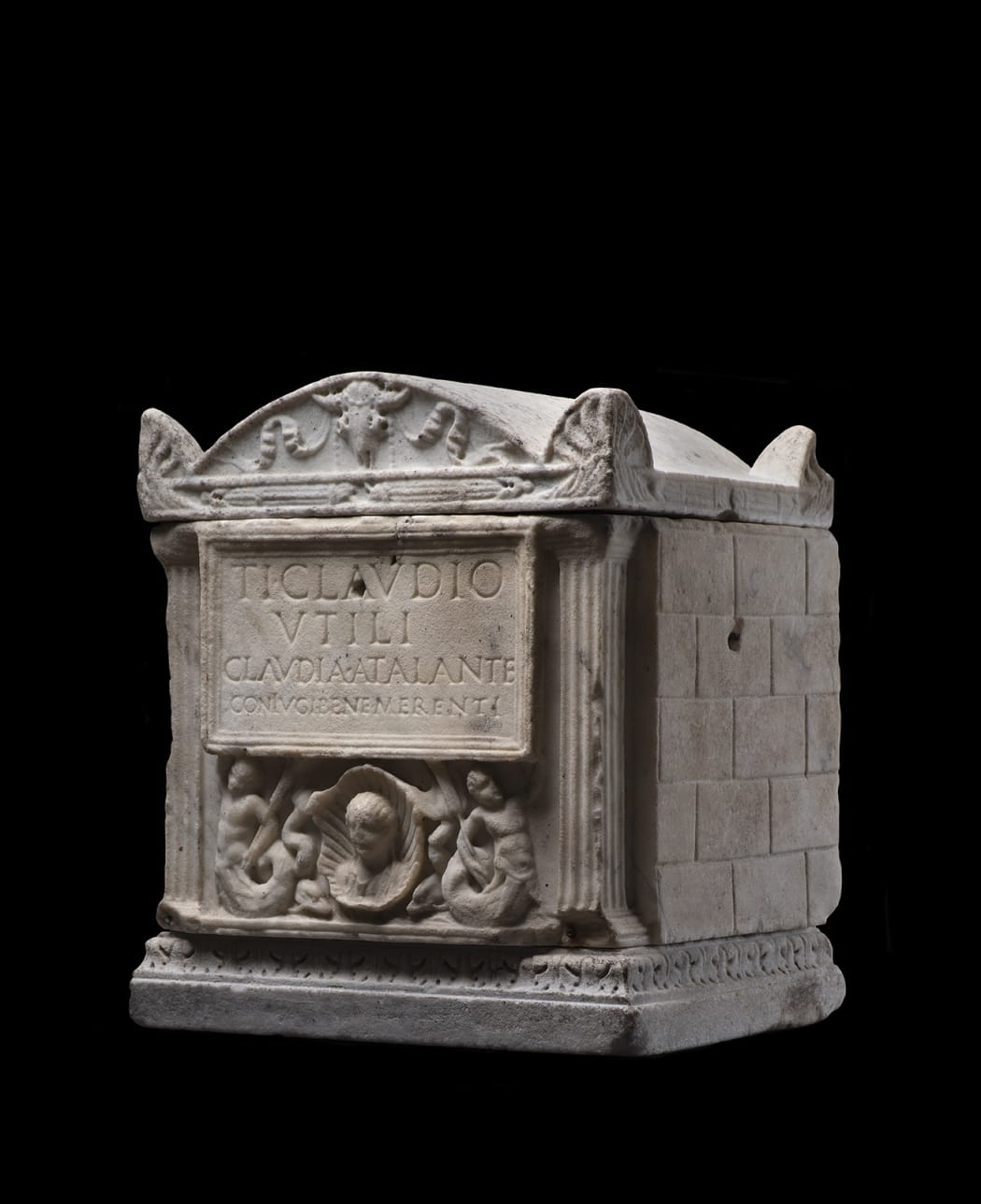
-
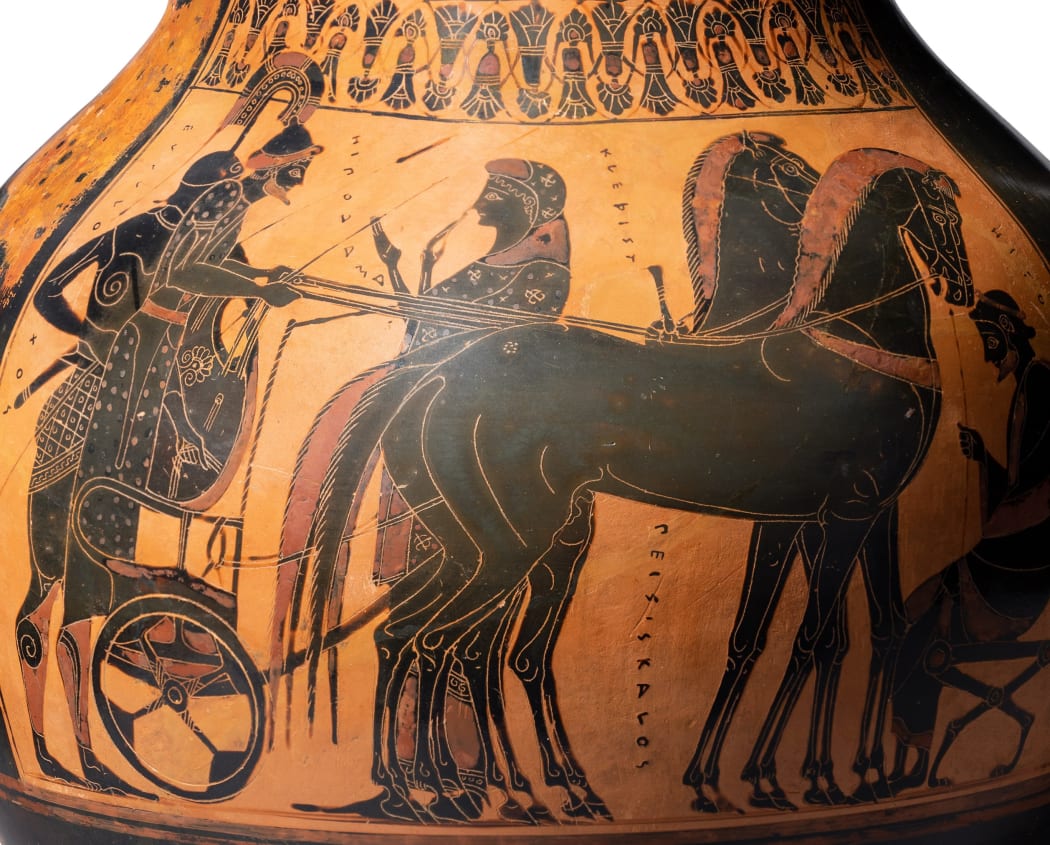
-
 AN EGYPTIAN SERPENTINE THREE-PART KOHL JAR
AN EGYPTIAN SERPENTINE THREE-PART KOHL JAR -
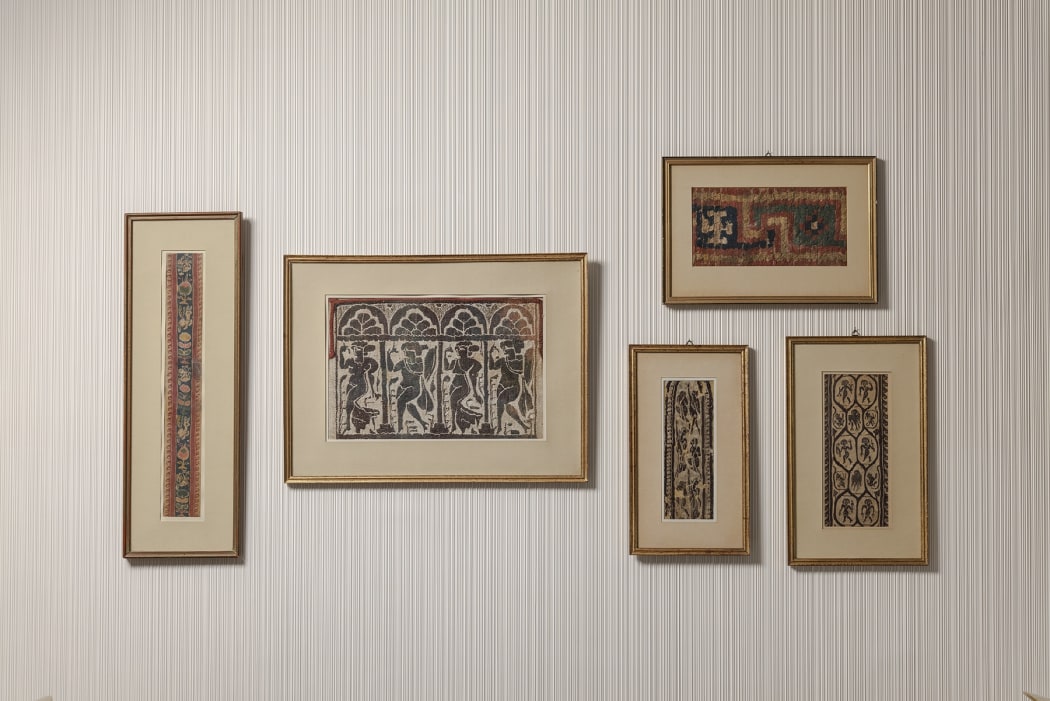
-
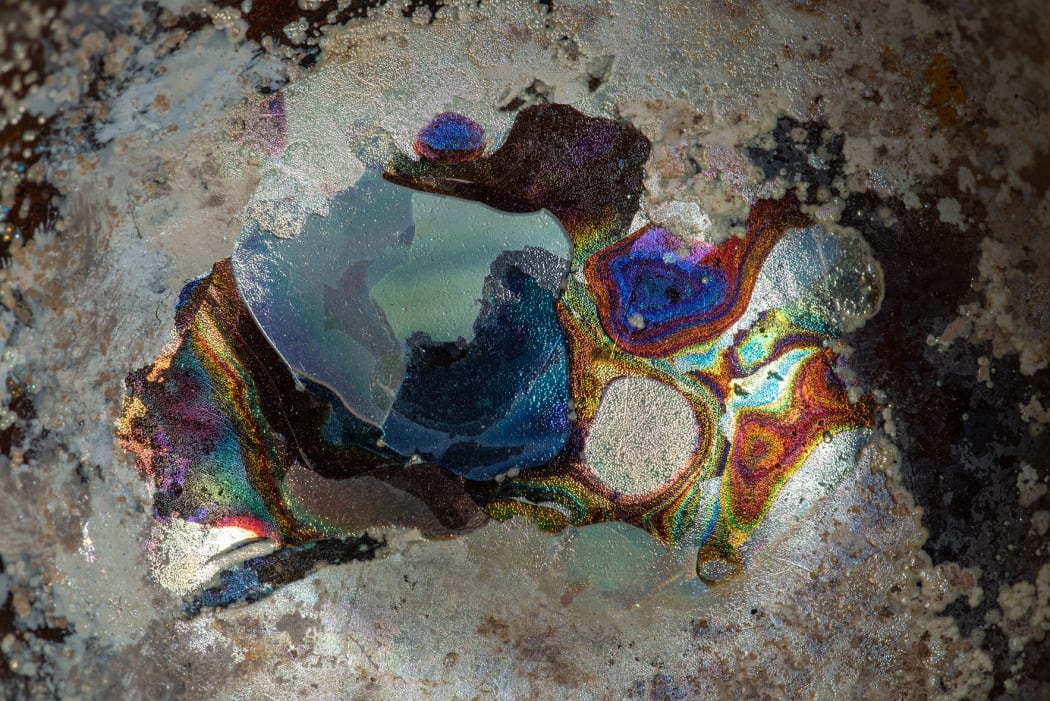
-
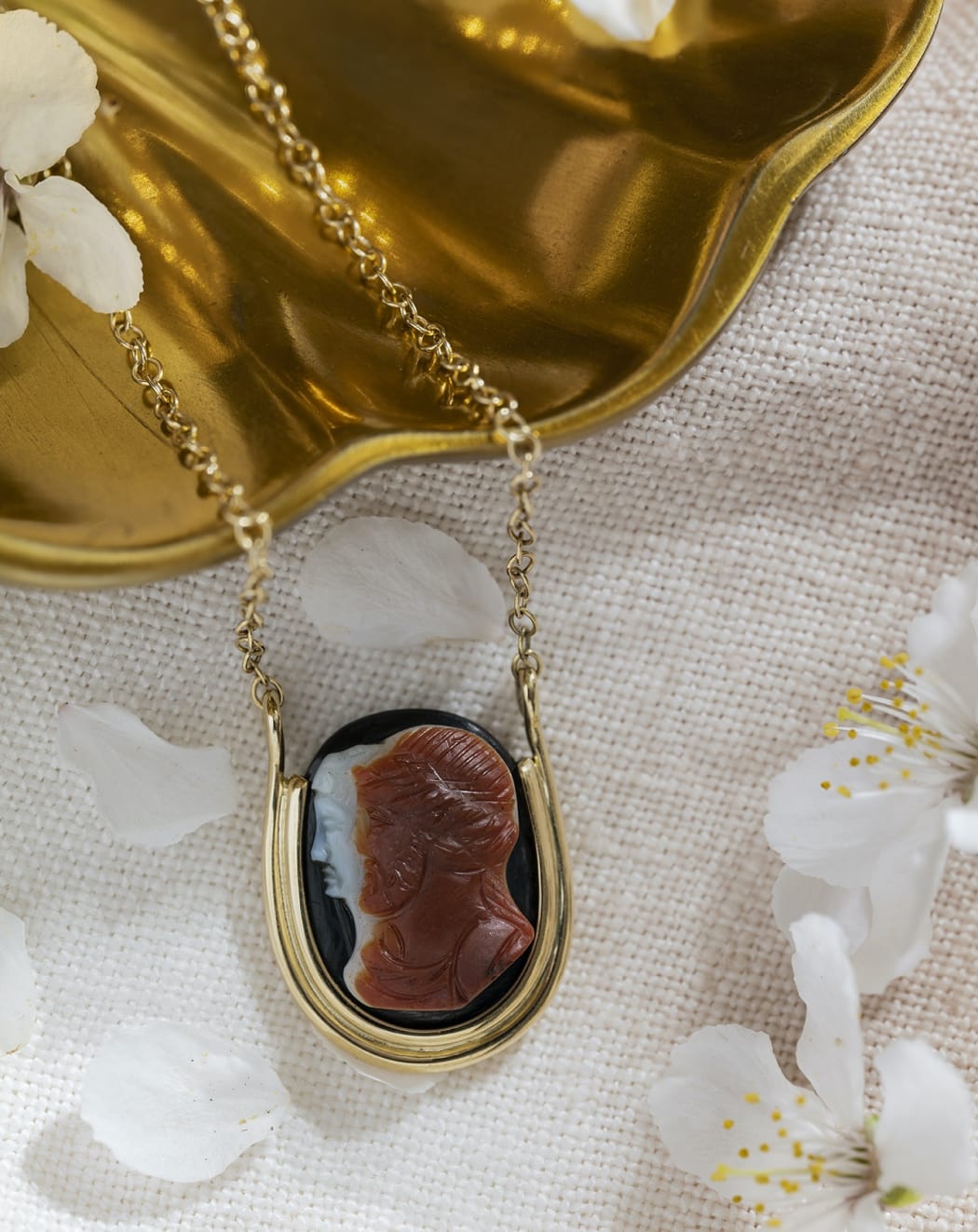 A Roman sardonyx cameo of jugate busts of Zeus and Hera, set in an 18ct gold pendant necklace. Circa 1st - 2nd century AD
A Roman sardonyx cameo of jugate busts of Zeus and Hera, set in an 18ct gold pendant necklace. Circa 1st - 2nd century AD -
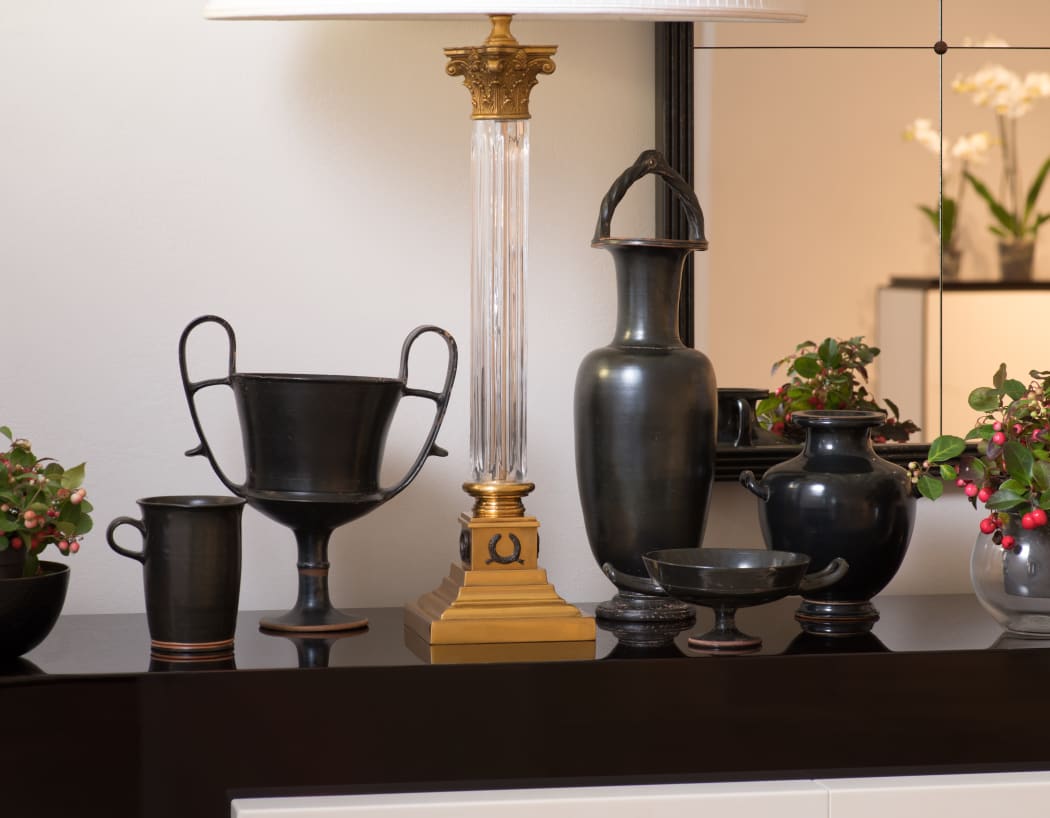
-
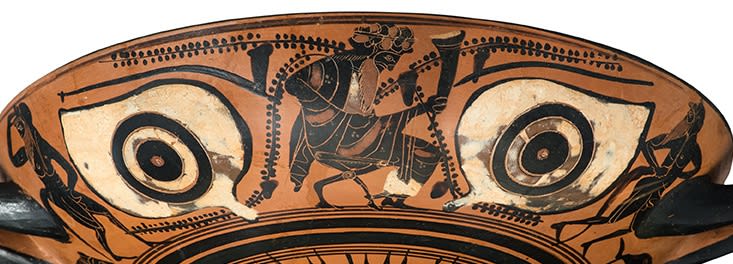 DETAIL OF AN ATTIC BLACK-FIGURE EYE-CUP, circa 525 - 500 BC
DETAIL OF AN ATTIC BLACK-FIGURE EYE-CUP, circa 525 - 500 BC -
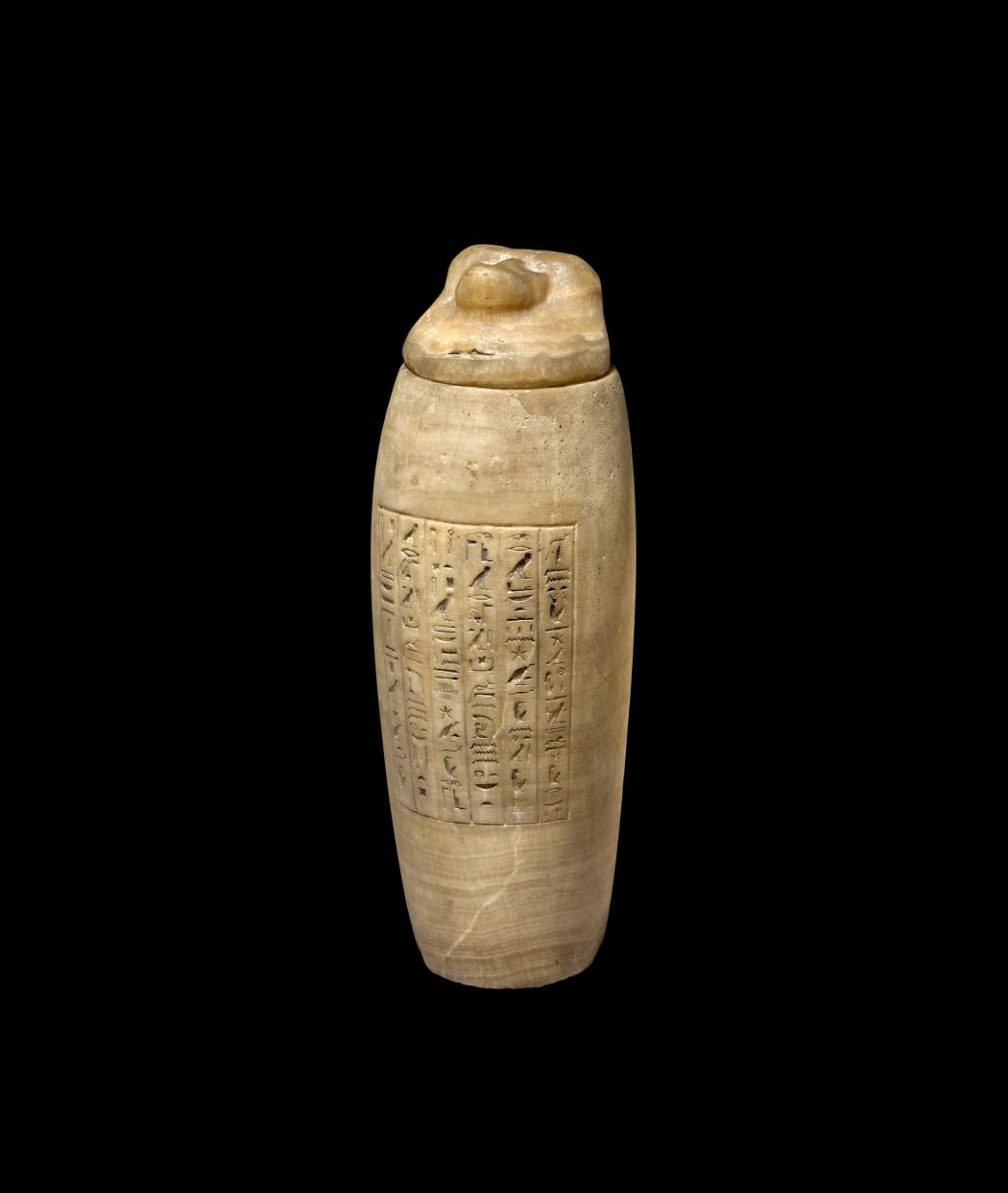 AN IMPORTANT EGYPTIAN ALABASTER CANOPIC JAR FOR PSAMTIK-MEN, THE CHIEF EMBALMER, THE PRIEST WITH A PLEASANT SMELL . Memphis, Saite Period, 26th Dynasty, circa 664-525 BC
AN IMPORTANT EGYPTIAN ALABASTER CANOPIC JAR FOR PSAMTIK-MEN, THE CHIEF EMBALMER, THE PRIEST WITH A PLEASANT SMELL . Memphis, Saite Period, 26th Dynasty, circa 664-525 BC -
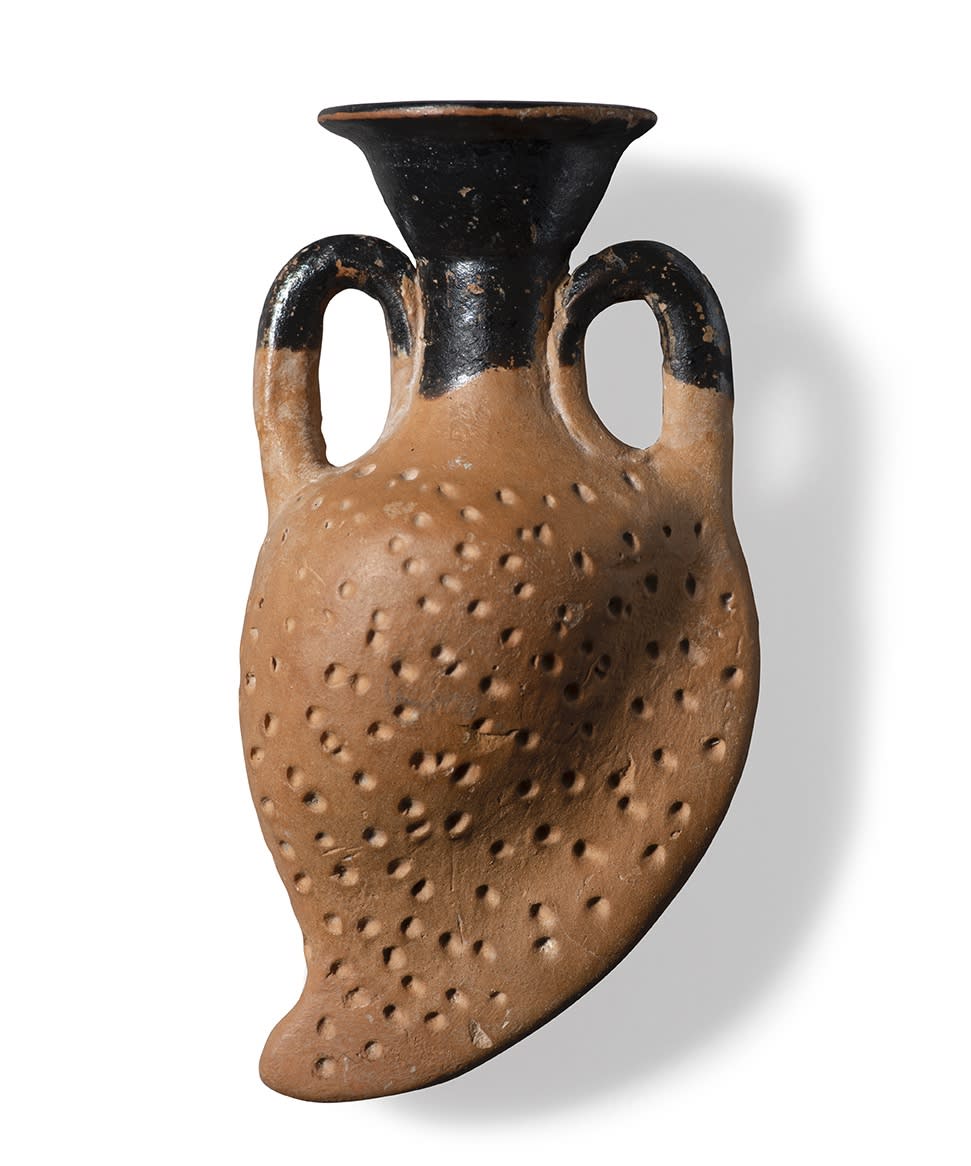 AN ATTIC POTTERY AMPHORISKOS IN THE FORM OF AN ALMOND. Circa 4th century BC
AN ATTIC POTTERY AMPHORISKOS IN THE FORM OF AN ALMOND. Circa 4th century BC -
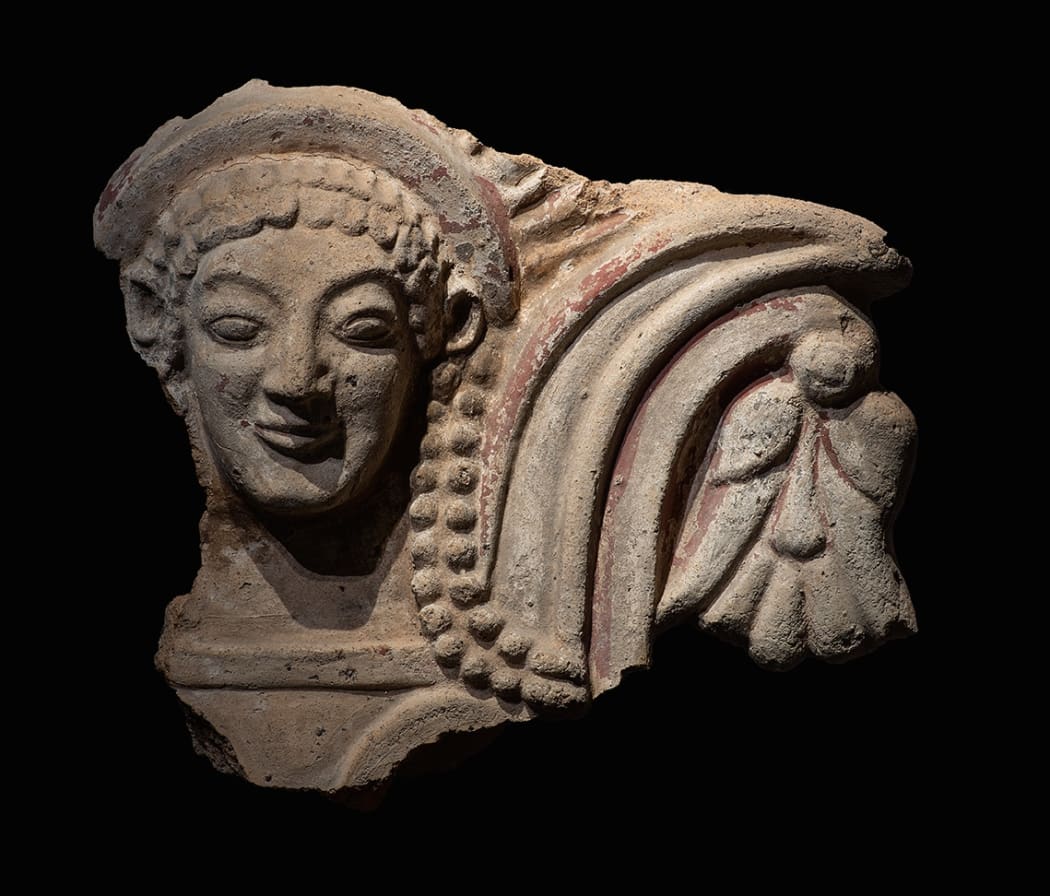 AN ETRUSCAN TERRACOTTA ANTEFIX OF A FEMALE HEAD AND LOTUS BLOSSOM. Archaic, late 6th century BC
AN ETRUSCAN TERRACOTTA ANTEFIX OF A FEMALE HEAD AND LOTUS BLOSSOM. Archaic, late 6th century BC -
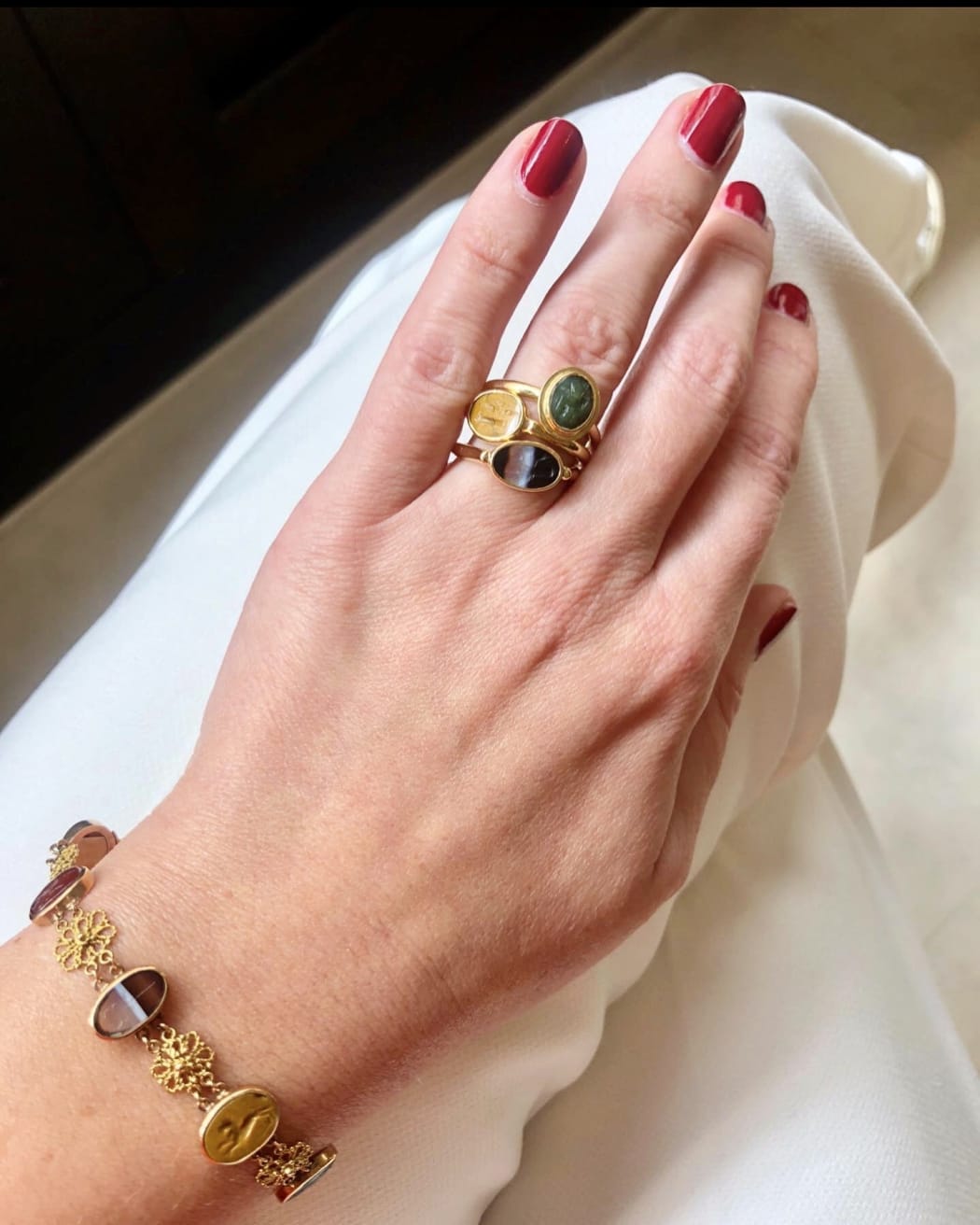
-
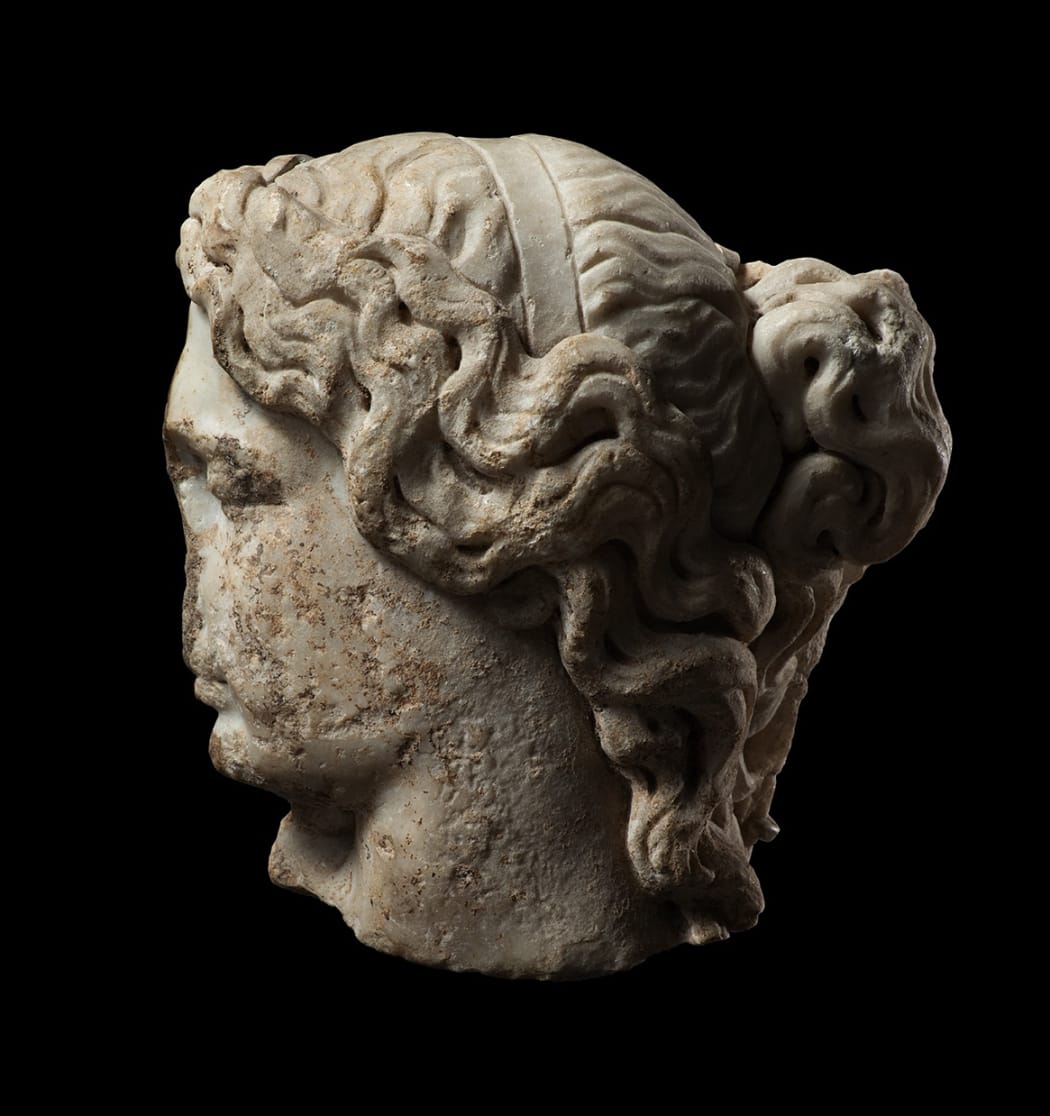 A ROMAN MARBLE FRAGMENTARY HEAD OF A SLEEPING WOMAN, Circa 2nd century AD
A ROMAN MARBLE FRAGMENTARY HEAD OF A SLEEPING WOMAN, Circa 2nd century AD"And look at Ariadne, or rather at her sleep; for her bosom is bare to the waist, and her neck is bent back and her delicate throat, and all under her right arm is visible, but the left hand rests on her mantle that a gust of wind may not expose her."
Philostratus the Elder, Imagines 1. 15
-
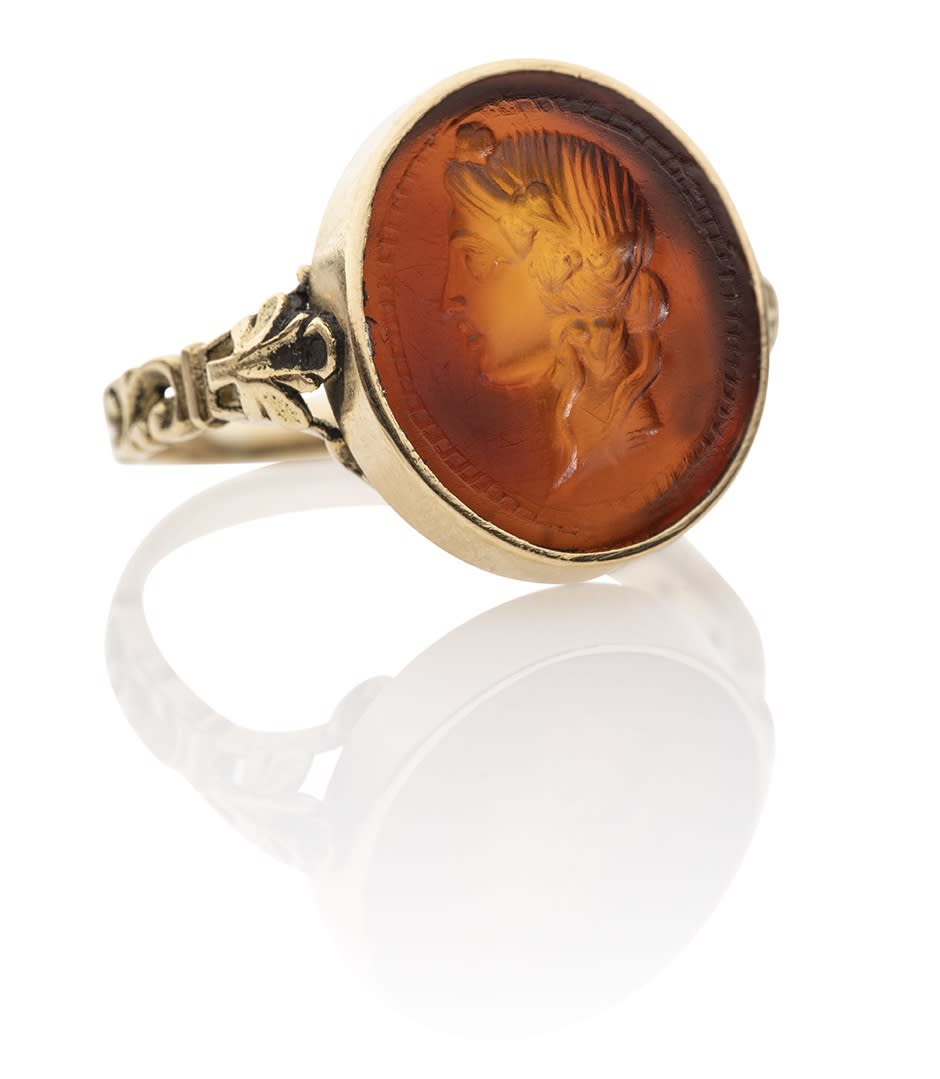 ROMAN CARNELIAN INTAGLIO OF A HEAD OF DIONYSUS, SET IN AN ANTIQUE GOLD RING Republican, circa 1st century AD
ROMAN CARNELIAN INTAGLIO OF A HEAD OF DIONYSUS, SET IN AN ANTIQUE GOLD RING Republican, circa 1st century AD -
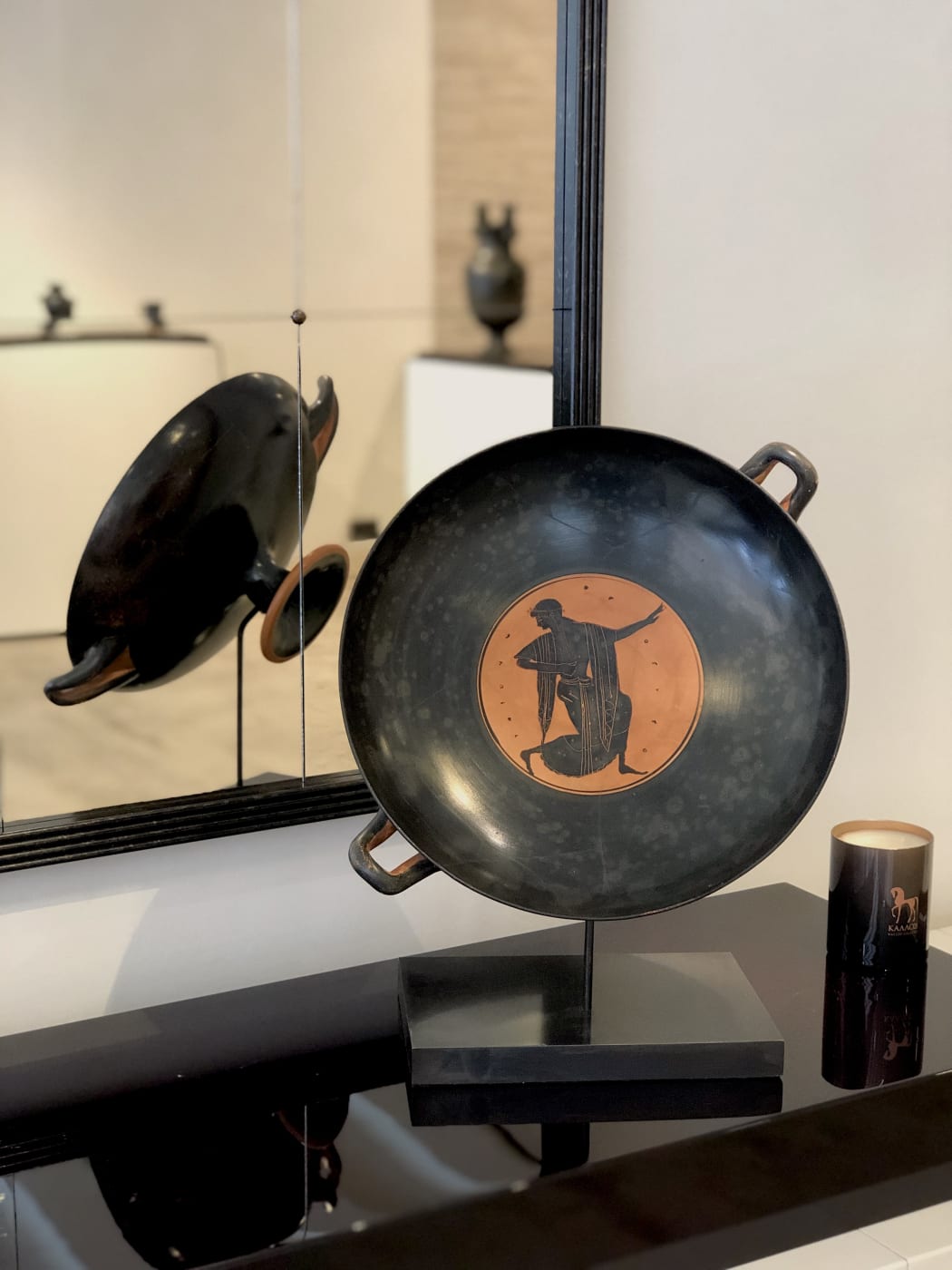 A LARGE ATTIC BLACK-FIGURE STEMMED KYLIX Late 6th century BC
A LARGE ATTIC BLACK-FIGURE STEMMED KYLIX Late 6th century BCI mix three kraters only for those who are wise……
The fourth is no longer ours, but belongs to arrogance.
The fifth leads to shouting.
The sixth to a drunken revel.
The seventh to black eyes.
The eighth to a summons.
The ninth to bile.
The tenth to madness, in that it makes people throw things.
- DionysusEubulus, Fragment 93
-
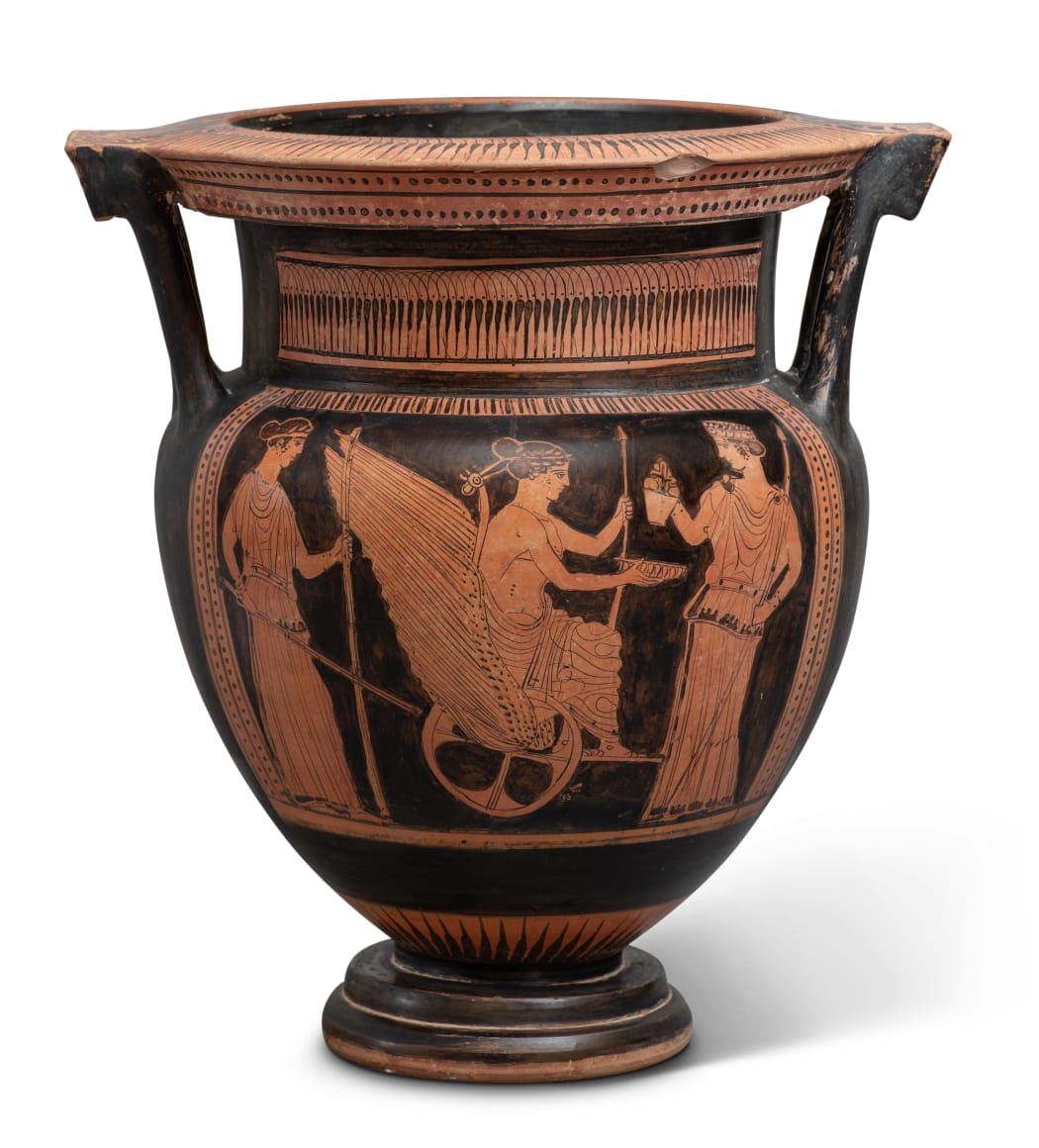 AN ATTIC RED-FIGURE KRATER, ATTRIBUTED TO THE DUOMO PAINTER. Classical Period, circa 440 - 430 BC
AN ATTIC RED-FIGURE KRATER, ATTRIBUTED TO THE DUOMO PAINTER. Classical Period, circa 440 - 430 BC -
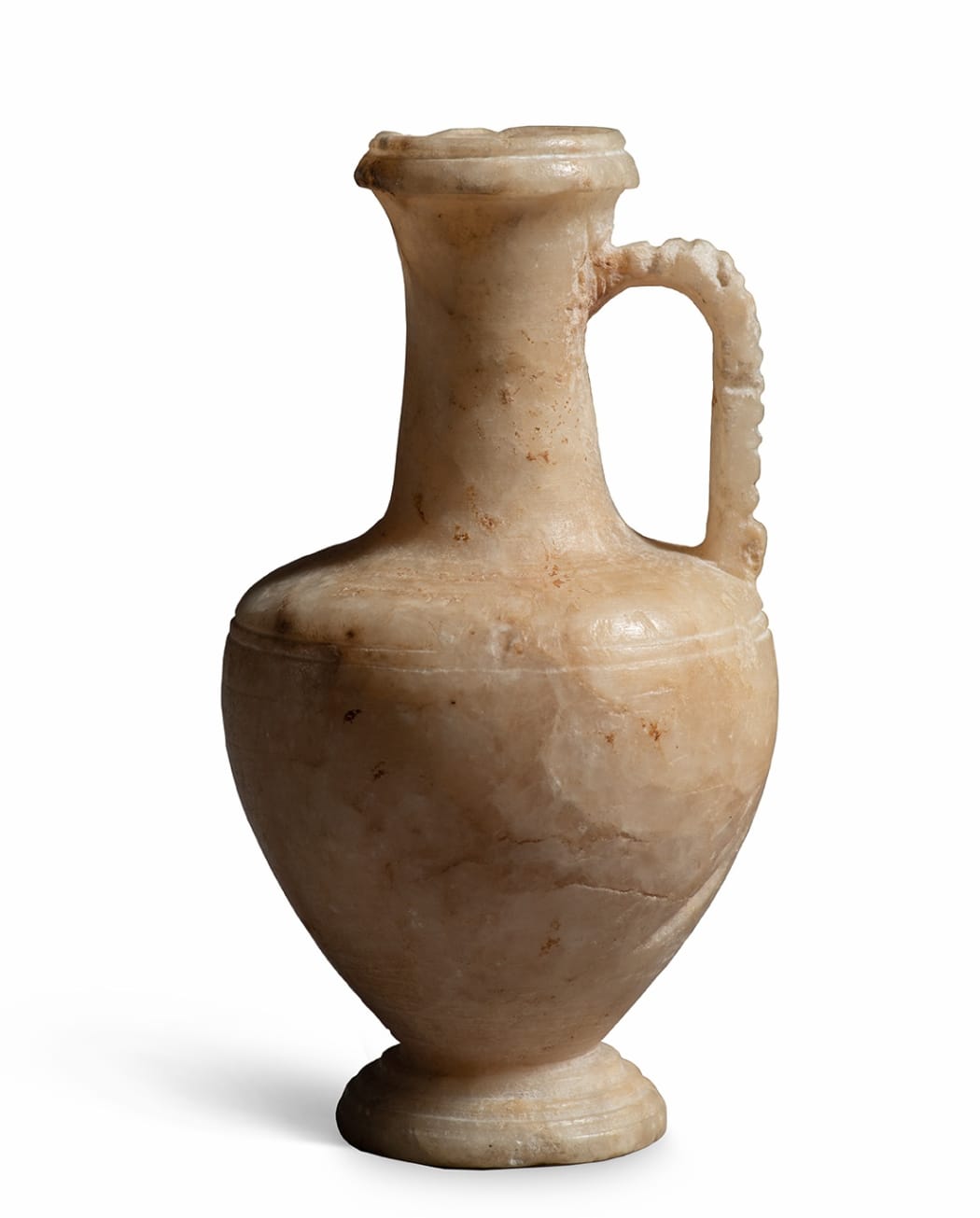 A SMALL HELLENISTIC ALABASTER LEKYTHOS, circa 4th - 3rd century BC
A SMALL HELLENISTIC ALABASTER LEKYTHOS, circa 4th - 3rd century BC -
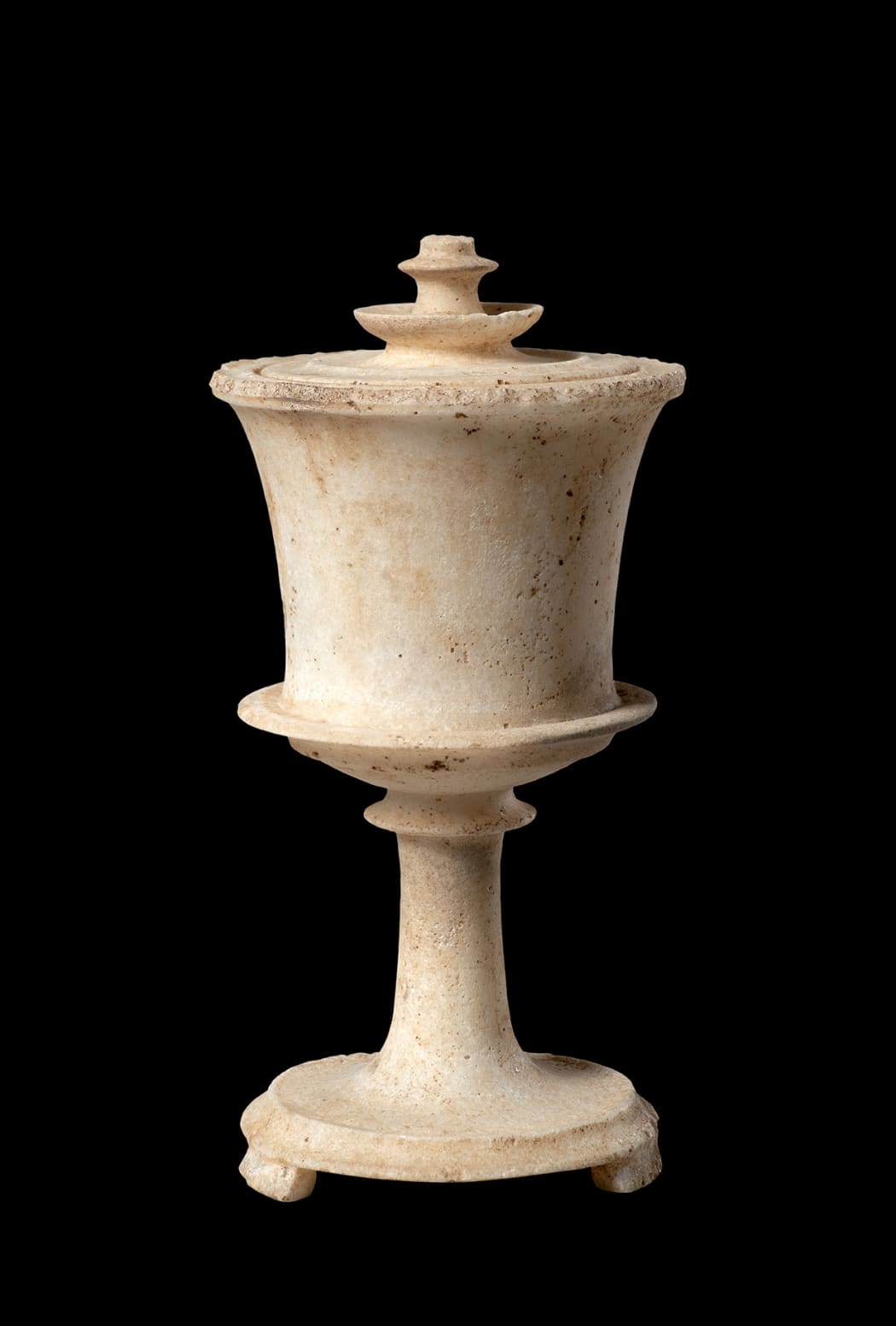 THE SCHUSTER PYXIS, A GREEK MARBLE LIDDED PYXIS, Classical Period, circa 440 - 400 BC
THE SCHUSTER PYXIS, A GREEK MARBLE LIDDED PYXIS, Classical Period, circa 440 - 400 BC -
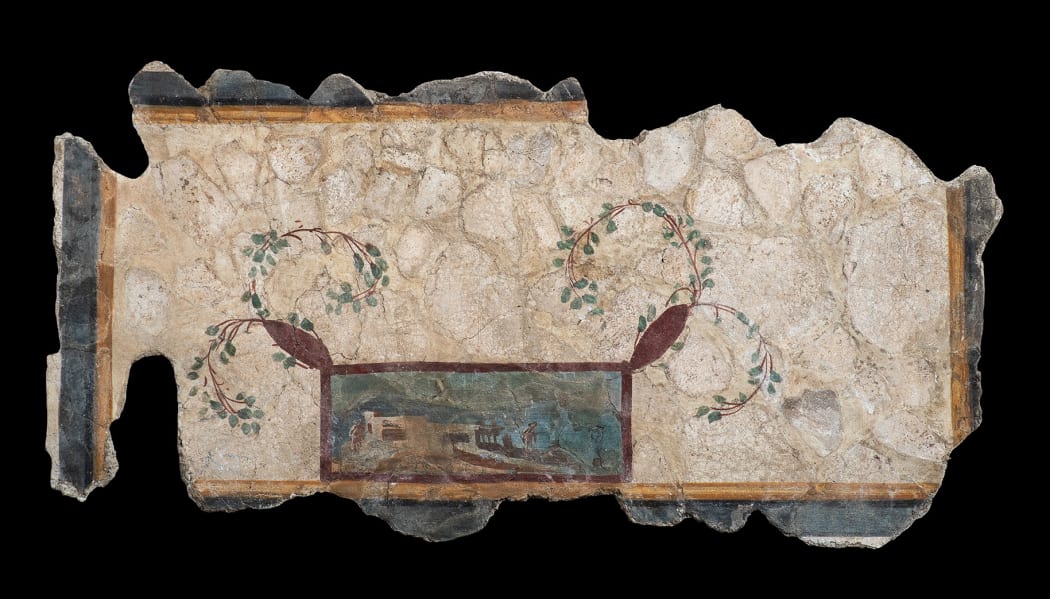 A ROMAN POLYCHROME PAINTED FRESCO WALL PAINTING Third Pompeian Style, early 1st century AD
A ROMAN POLYCHROME PAINTED FRESCO WALL PAINTING Third Pompeian Style, early 1st century AD -
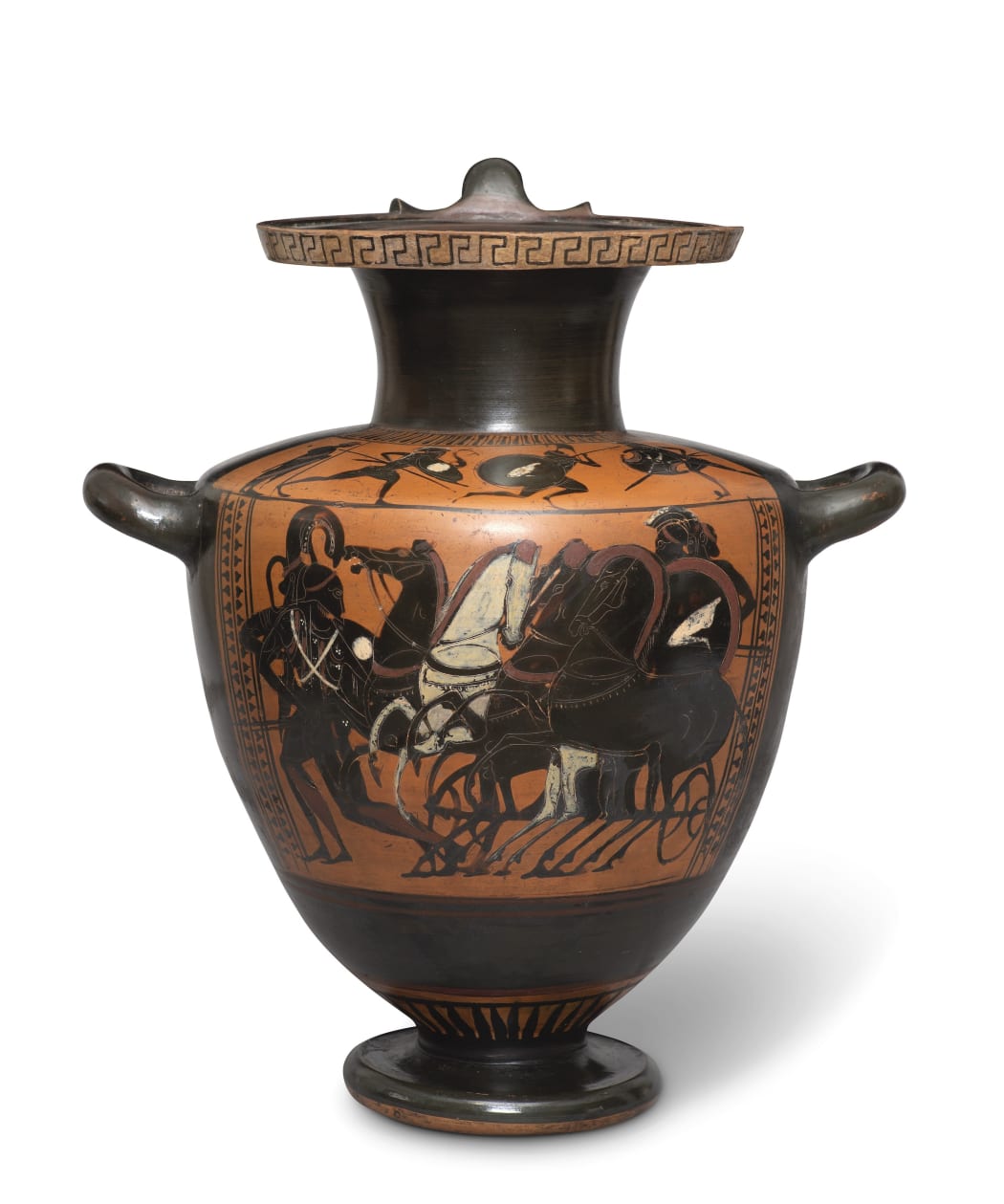 AN ATTIC BLACK-FIGURE HYDRIA, IN THE MANNER OF THE LYSIPPIDES PAINTER, circa 530 - 510 BC
AN ATTIC BLACK-FIGURE HYDRIA, IN THE MANNER OF THE LYSIPPIDES PAINTER, circa 530 - 510 BC -
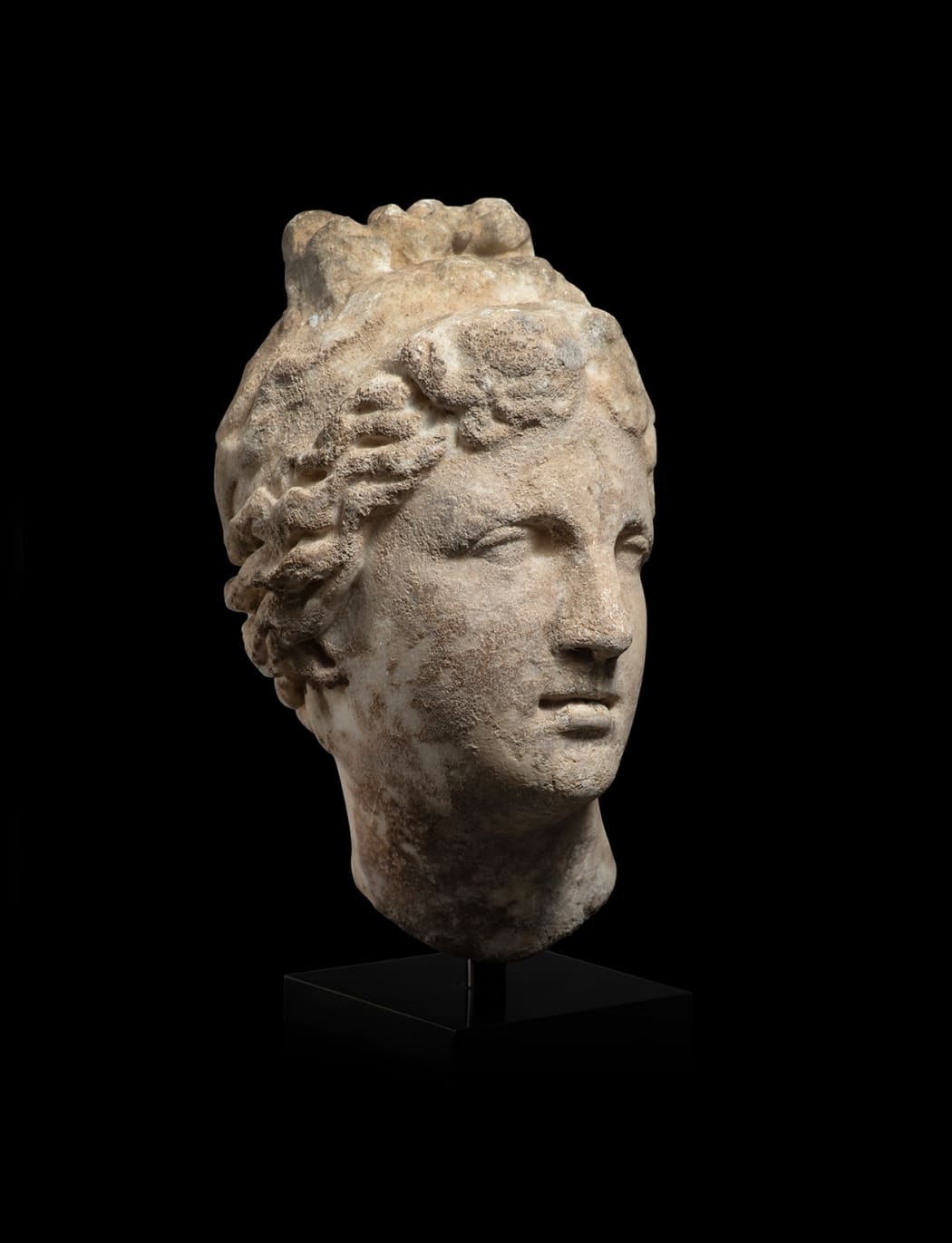 A ROMAN MARBLE HEAD OF VENUS, circa 1st - 2nd century AD
A ROMAN MARBLE HEAD OF VENUS, circa 1st - 2nd century AD'Women therefore inspire love even when made of stone', Pseudo-Lucian, Amores 17
Aphrodite and the male gaze -
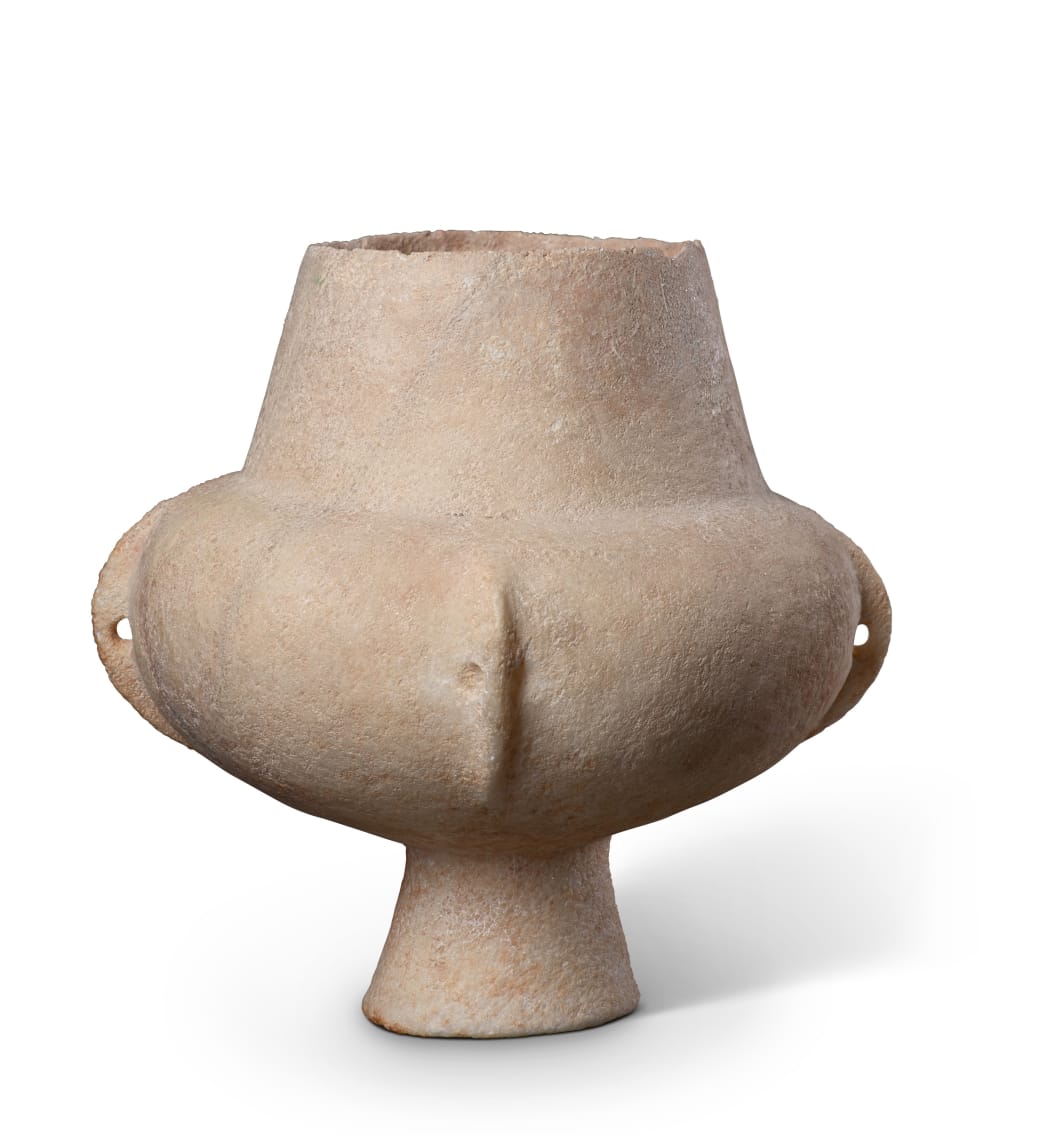 A Cycladic marble kandila, Grotta Pelos Culture, Early Cycladic I, circa 3000 - 2800 BC
A Cycladic marble kandila, Grotta Pelos Culture, Early Cycladic I, circa 3000 - 2800 BC‘Simplicity is complexity resolved’, Constantin Brancusi
CYCLADIC STONE THROUGH A MODERN LENSFive thousand years ago in the Early Bronze Age, the people of the Cyclades, a cluster of small islands in the Aegean Sea, created elegant, simple forms, both vessels and figural sculptures, from the local white marble. Despite their existence in that place for a little over 2000 years, they left little other record of their clearly advanced culture. These enigmatic and compelling sculptural forms speak simultaneously to the universal and the particular.